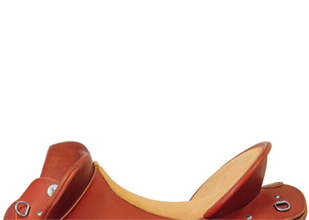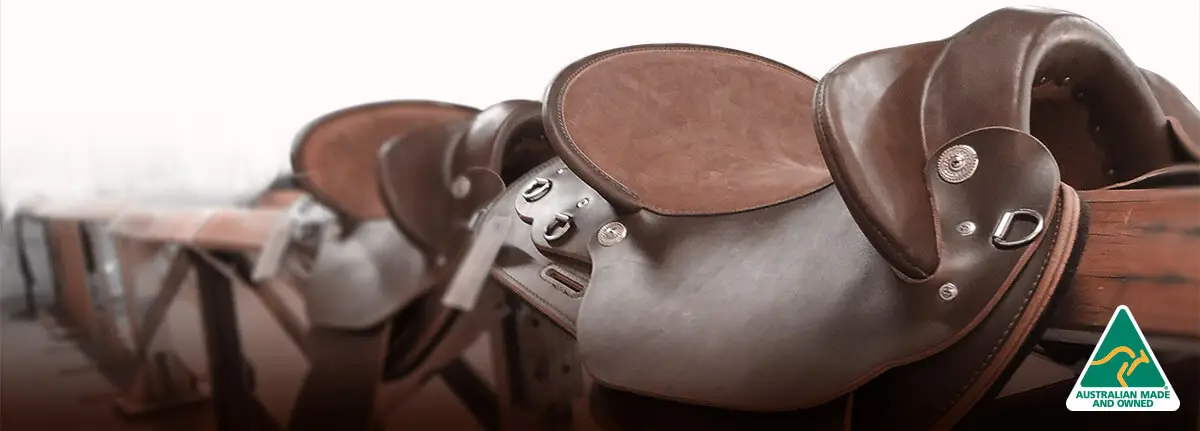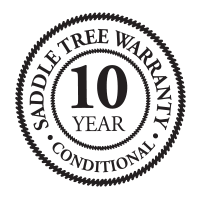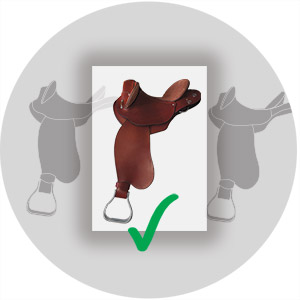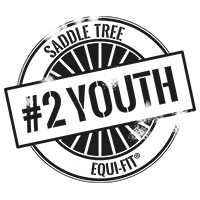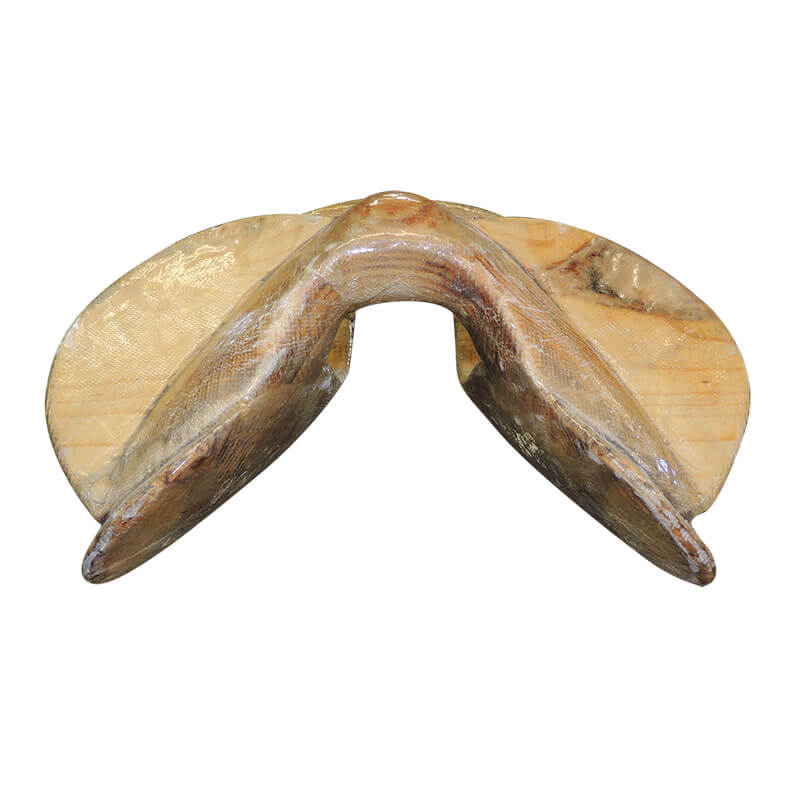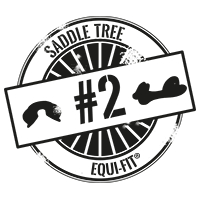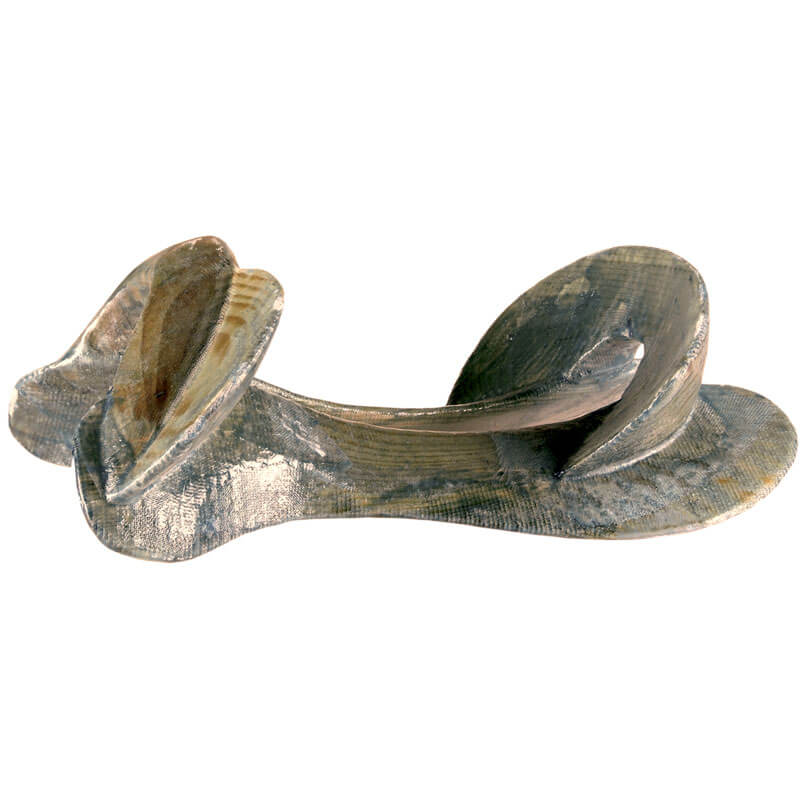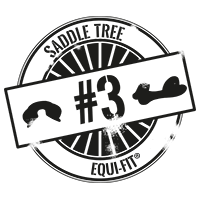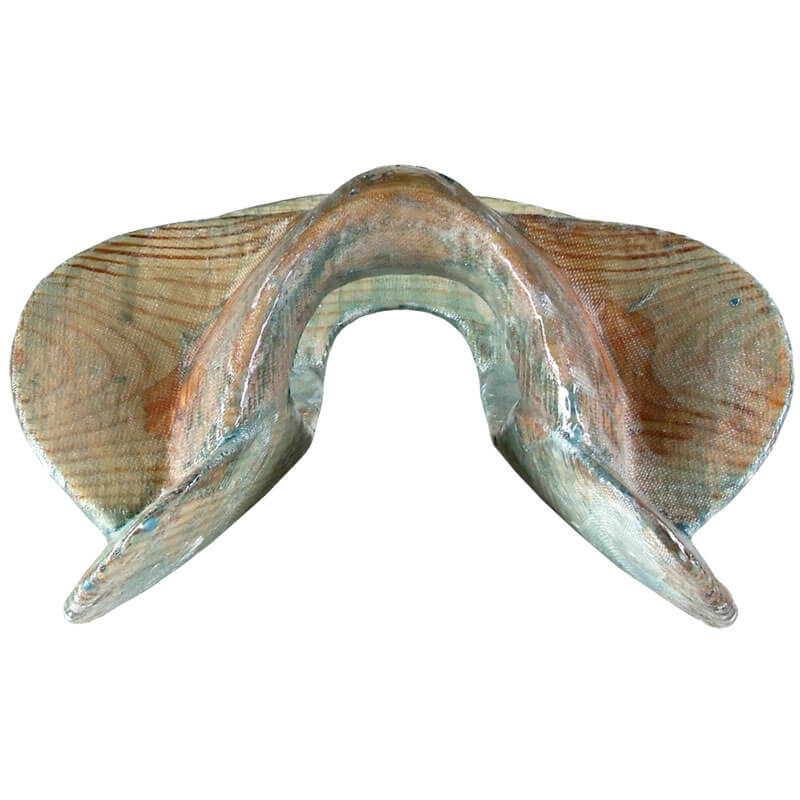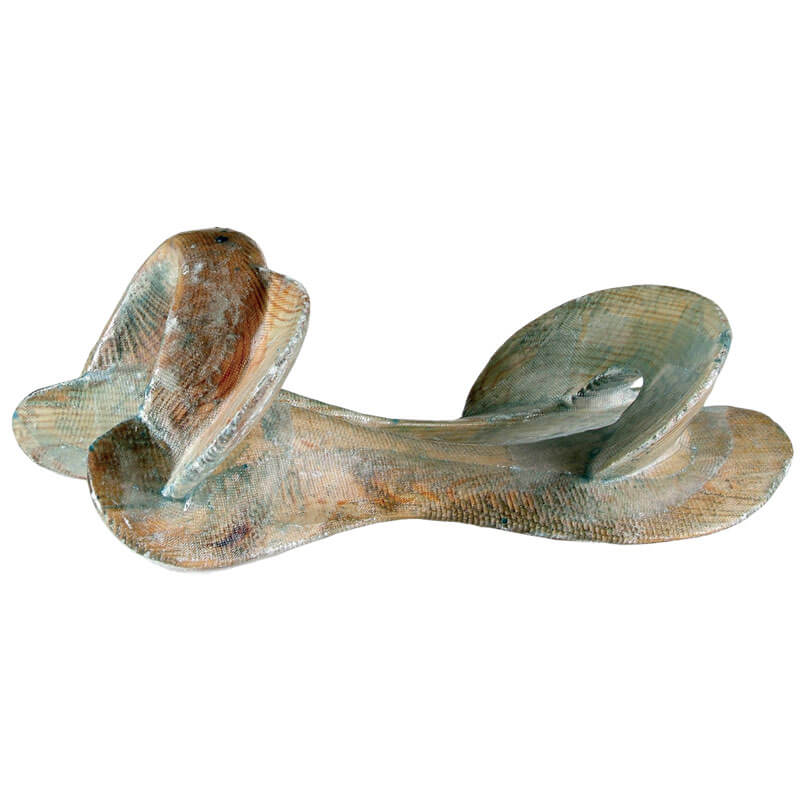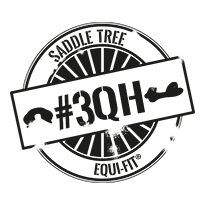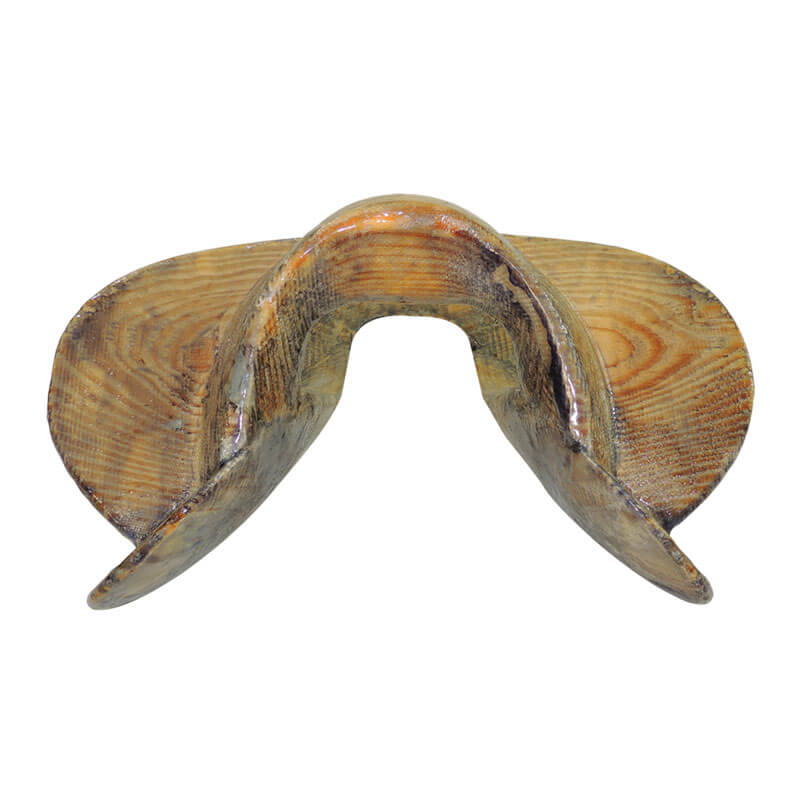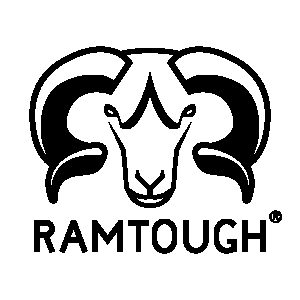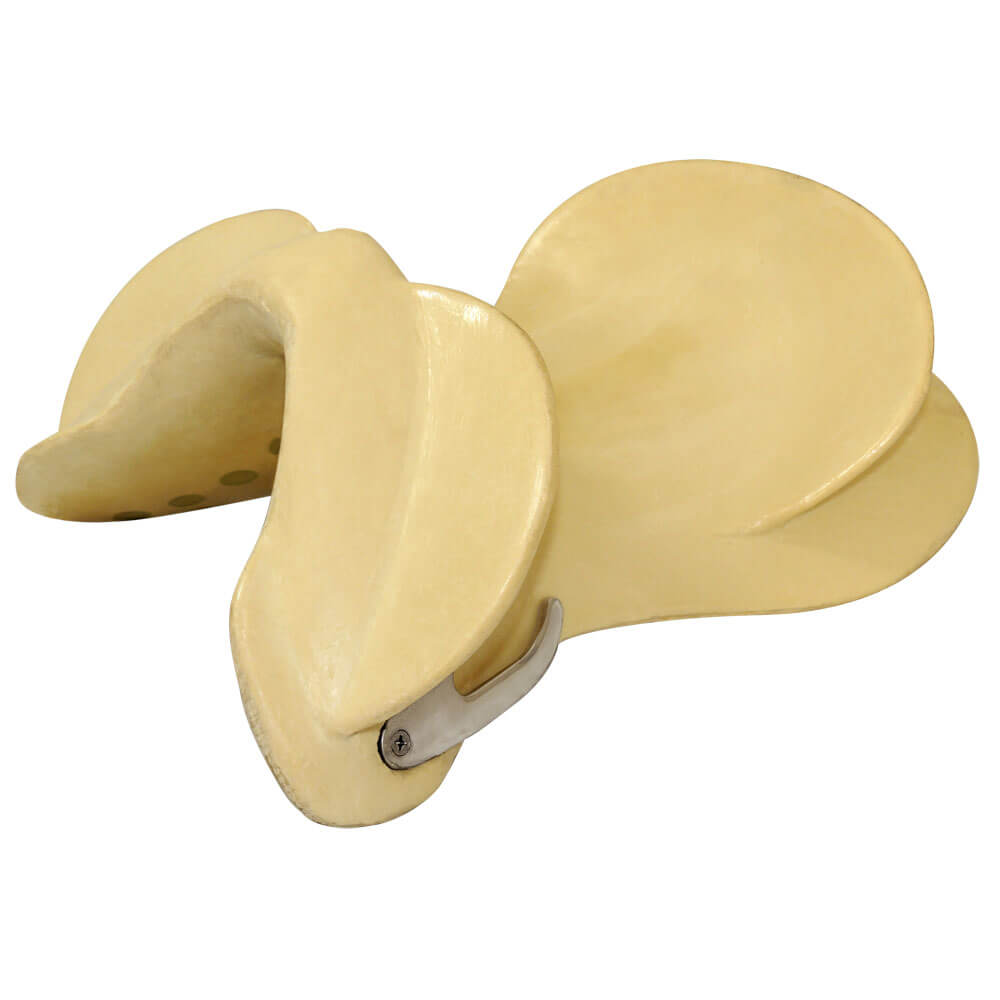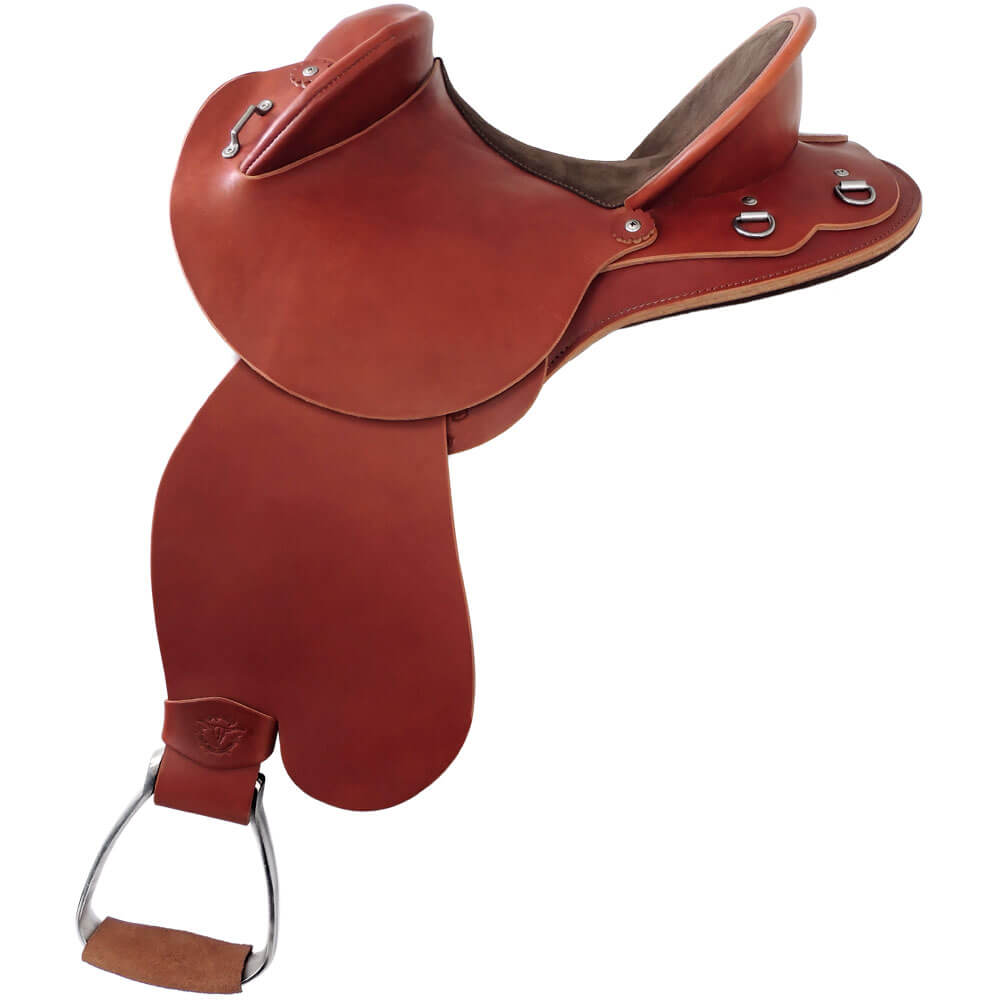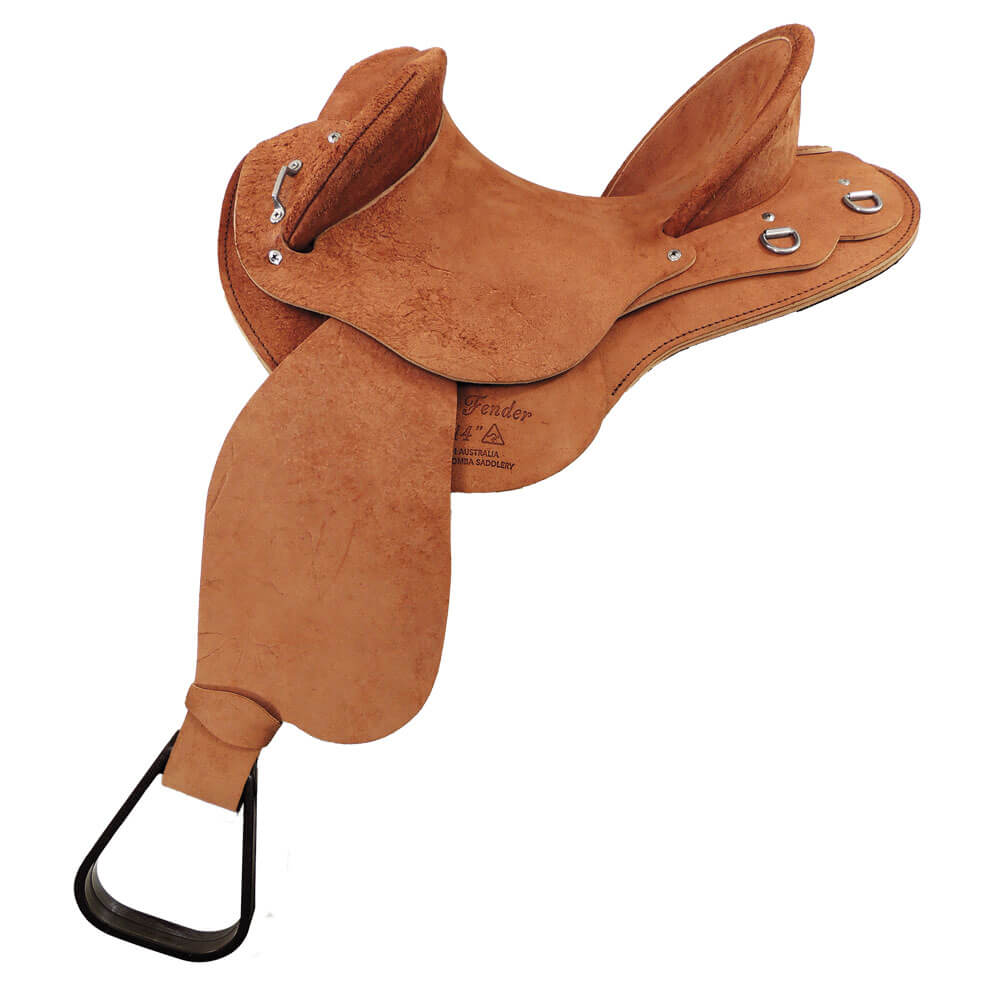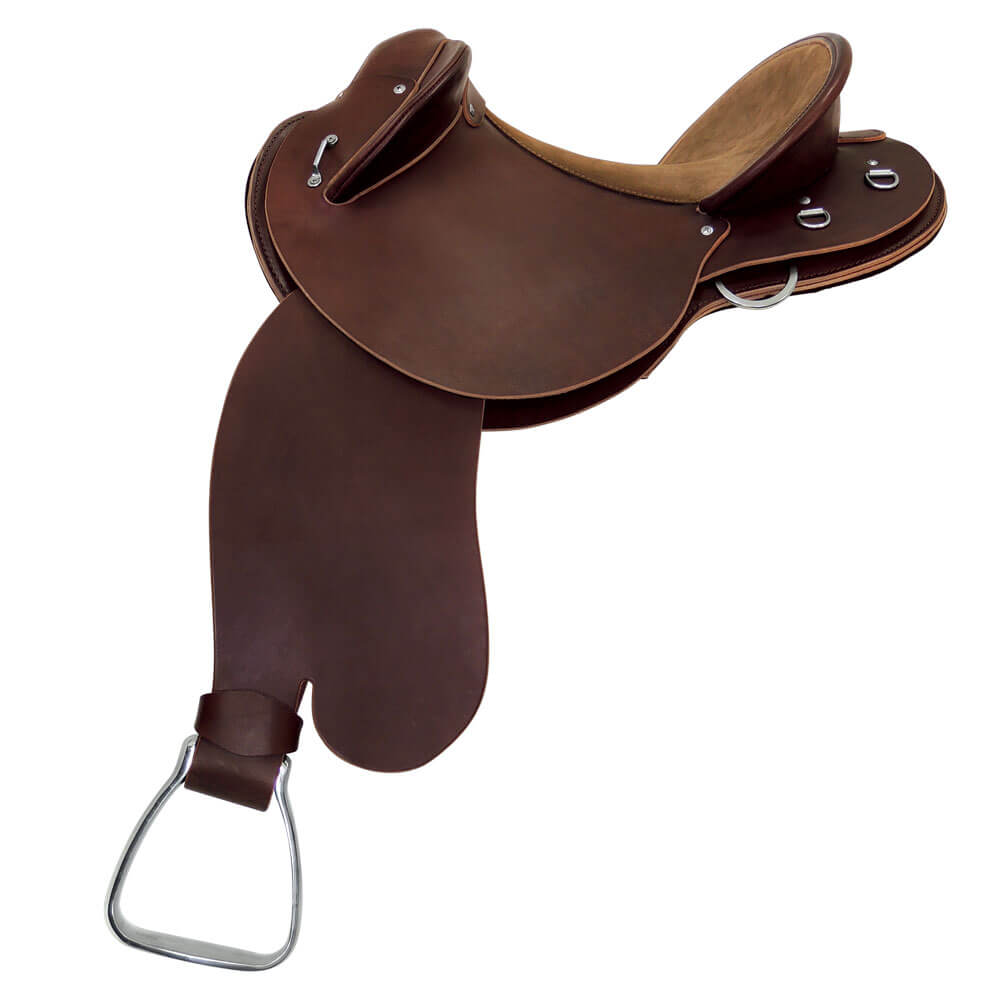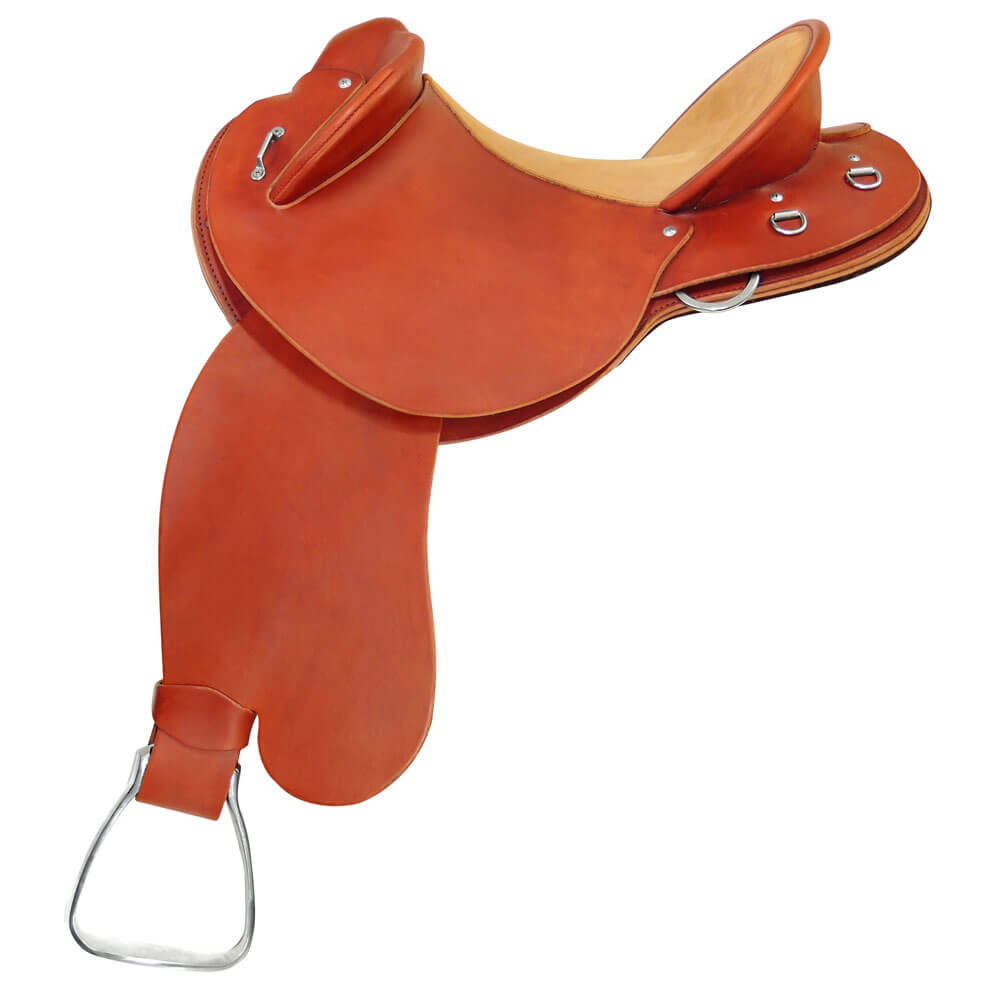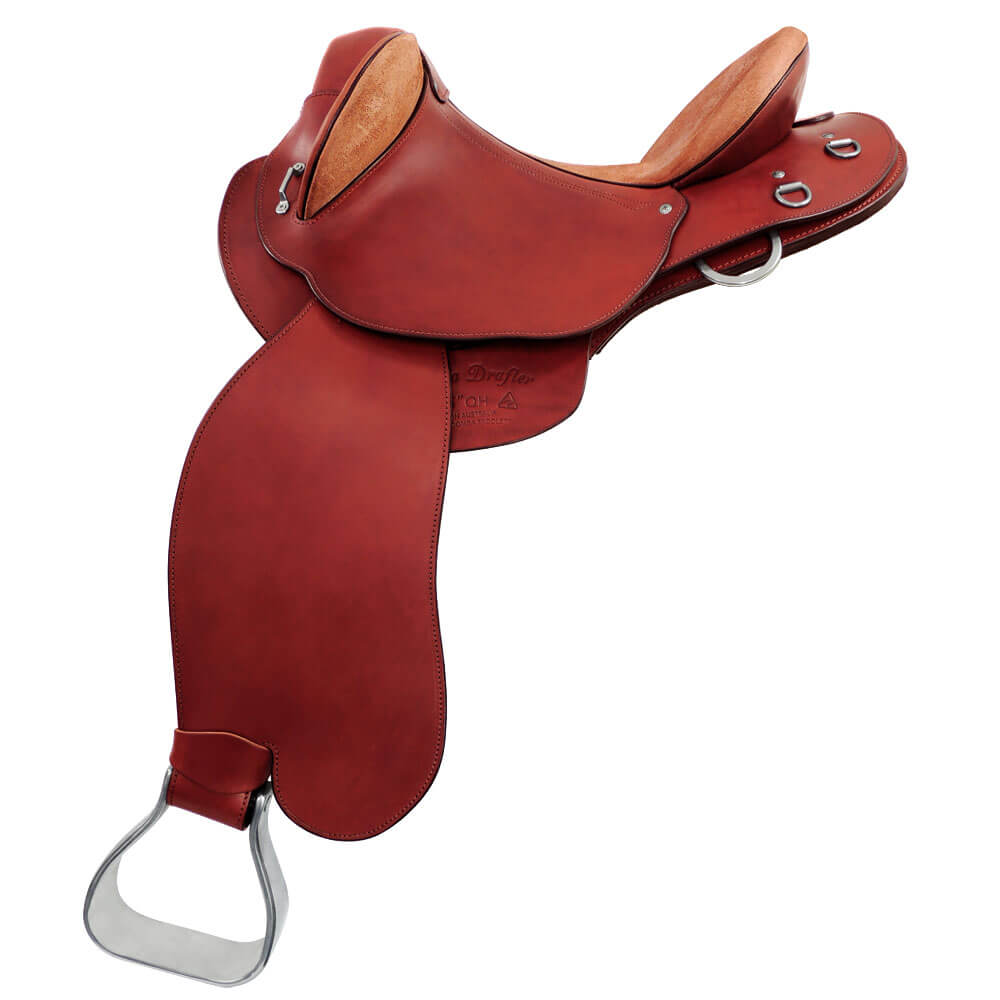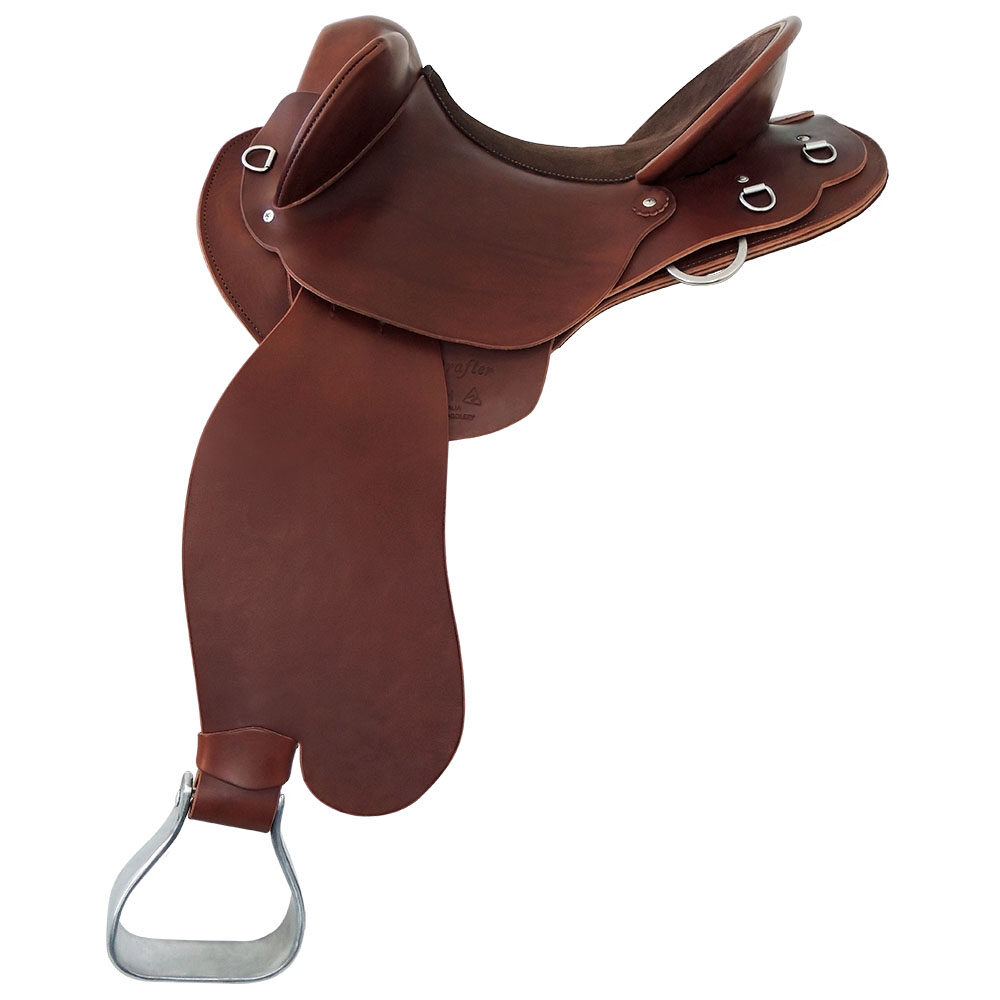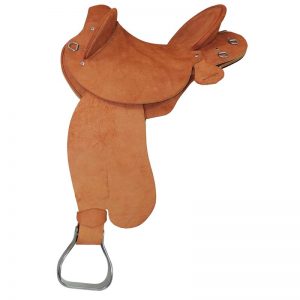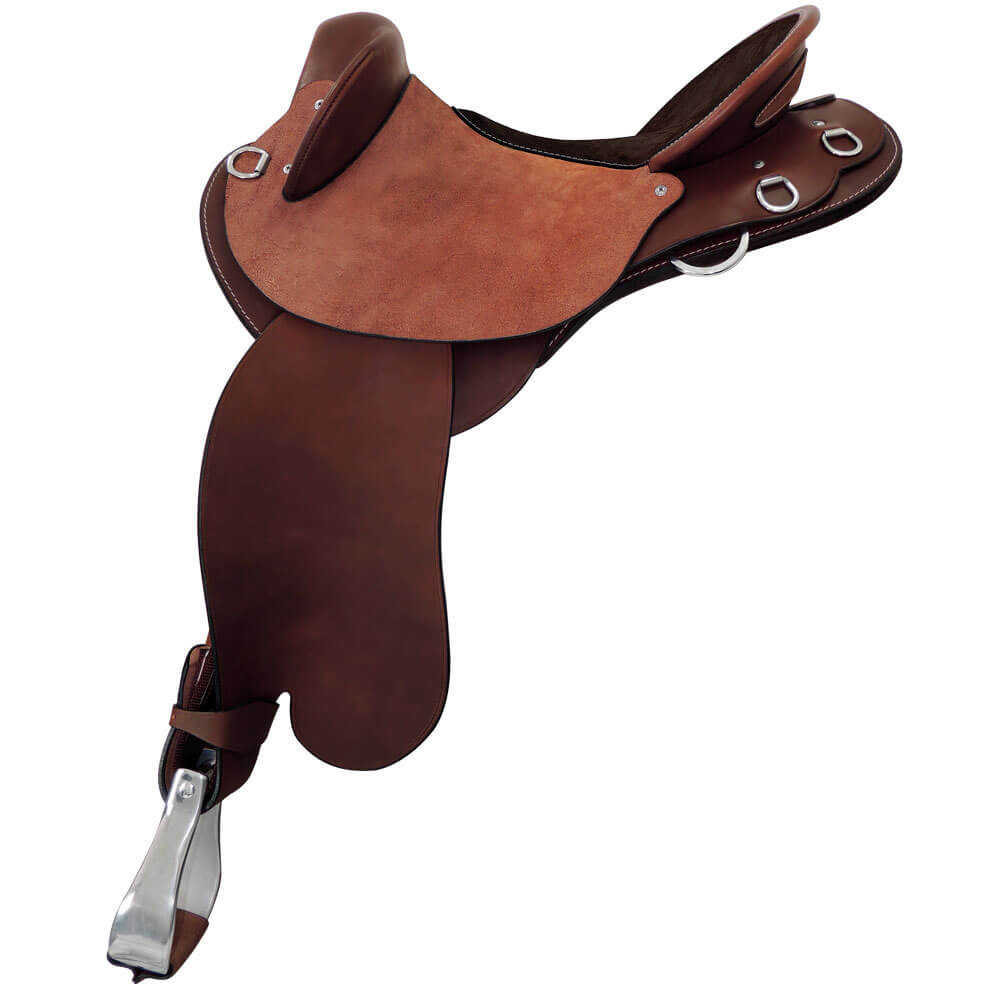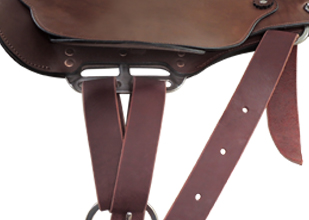
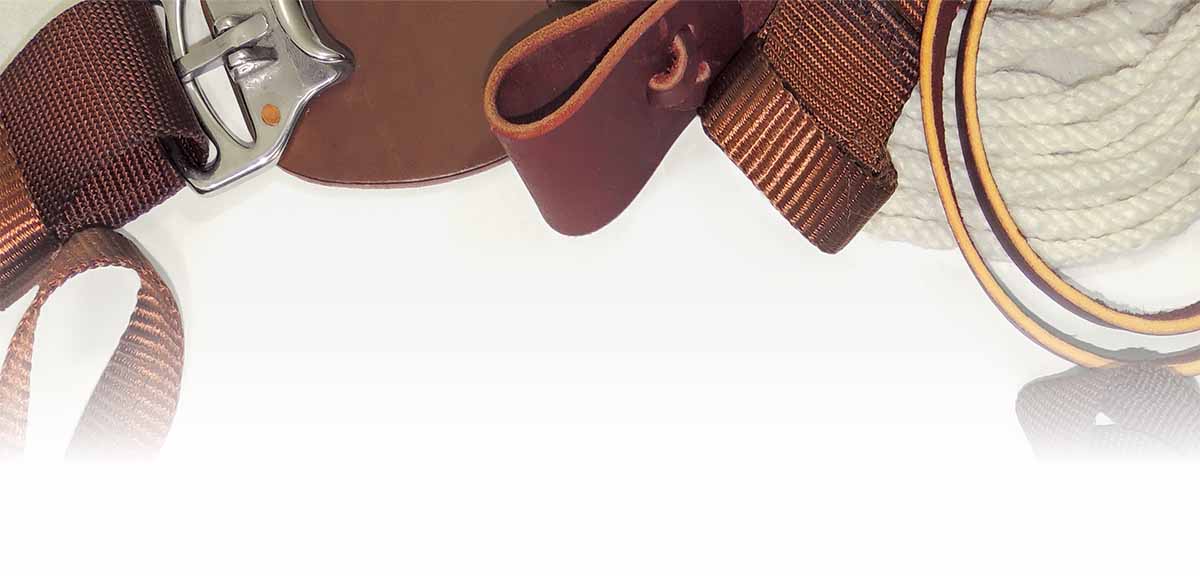
RIG IT YOUR WAY !
Toowoomba Saddlery Rigging Reference Guide
Toowoomba Saddlery saddles are supplied ‘unmounted’ (Girths and latigo/billet straps not included) because there are so many different ways to rig your girth to your saddle. Read on to see over 30 different examples for both near and off side.
This information is supplied as a general guide only, without warranty of any kind. Toowoomba Saddlery is not liable for any loss caused, from the use of, or reliance on, the information provided directly or indirectly, by this article. Rigging and girthing decisions require your own judgment and we recommend seeking professional advice when necessary.
Toowoomba Saddlery saddles and tack are available through distributors Australia wide.
Skip to:
Rigging Hardware | Girth/Cinch Types | Girth/Rigging Straps | Rigging Examples
Your rigging setup should:
- Keep your saddle secure
- Be comfortable for the horse
- Minimise bulk under the rider’s leg
- Keep straps out of the way
Does your saddle need extra stability?
Your saddle may need stabilising if your riding event or activity involves fast action or rough terrain. It may also be necessary if your horse has a unique conformation or the saddle fit is not 100%. If you are riding in any of these scenarios, consider choosing a rigging arrangement that includes either a flank girth or v-shape.
What safety requirements or gear rules apply?
Many associations and events have rules stating what saddles and tack are allowed, recommended or required. For example, ‘2 points of contact’ is a common safety requirement. We recommend checking your chosen rigging setup complies with the rules for your specific group or event.
What rigging hardware is fitted to your saddle?
The hardware your saddle features will determine which rigging arrangements are possible for your saddle.
Your Toowoomba Saddlery saddle will be fitted with either C-type rigging plates, or 3-way rigging plates. There will be one plate under each saddle fender, usually protected by a leather flap called a girth safe.
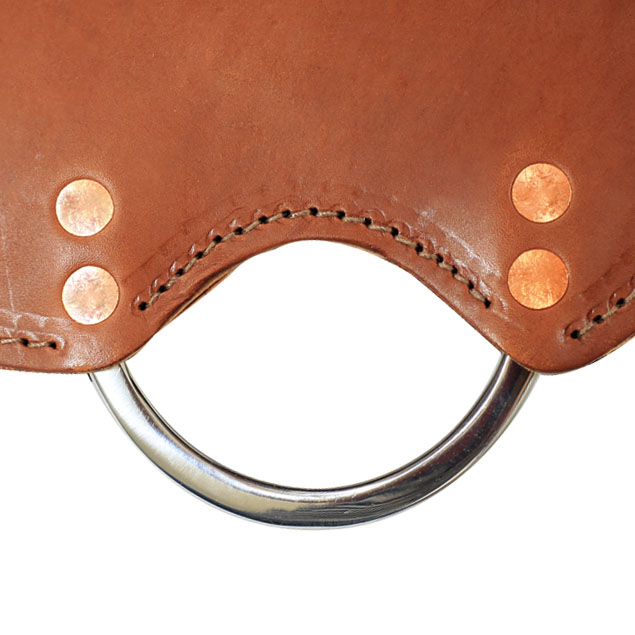
A single C-shaped rigging plate on each side of the saddle with one large slot for simple, uncomplicated rigging.
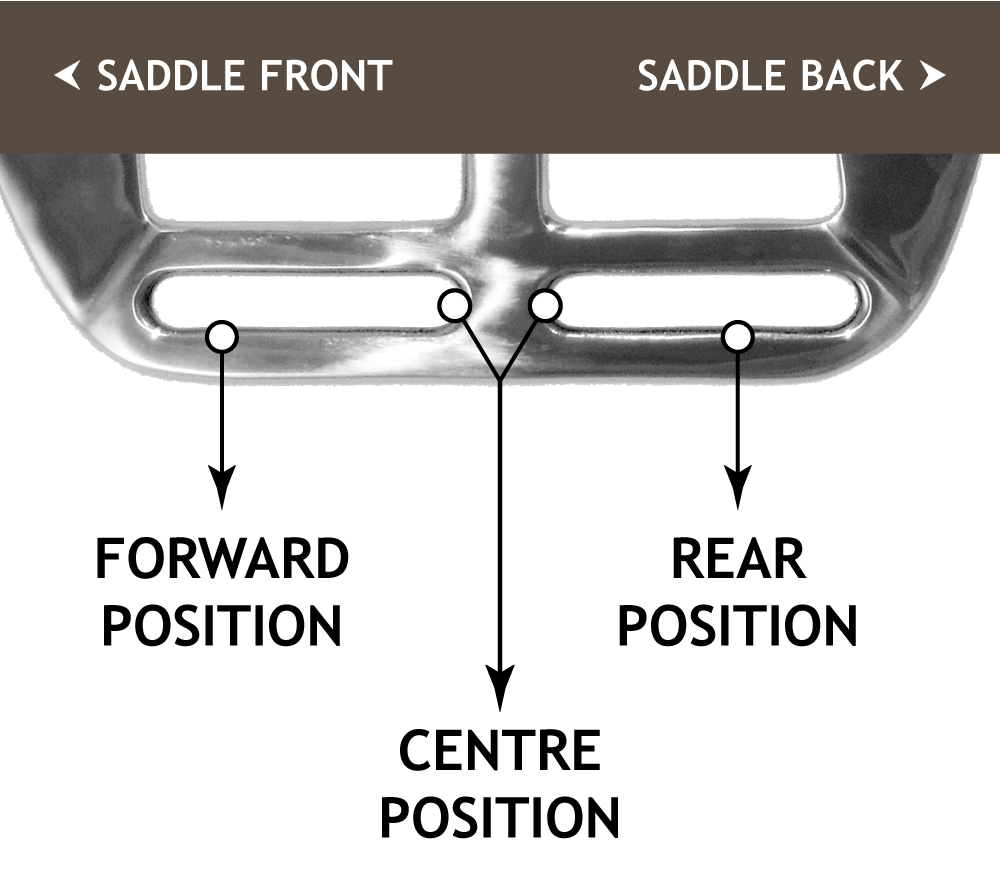
A versatile rigging plate with 2 slots on each saddle side, supporting multiple girthing positions. You can attach your girth strap to either the front slot (forward position) or rear slot (rear position) of the rigging plate, or both (centre position).

Flank Dees or Flank slots
Not available on all saddles, flank dees are positioned toward the back of the saddle skirt. You can use them to attach optional flank girths or hold excess girth strap so it doesn’t trail in the dirt or get in your horse’s way. Older saddles used flank slots instead — holes punched into the leather at the same position.
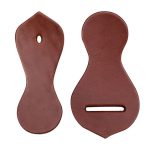
Girth holder / Latigo Carrier
A useful 2-part accessory pre-fitted to a limited number of saddles, that can also be purchased separately and retrofitted onto existing saddles. They’re handy for keeping your girth and rigging straps out of the dirt and out of the horse’s way.
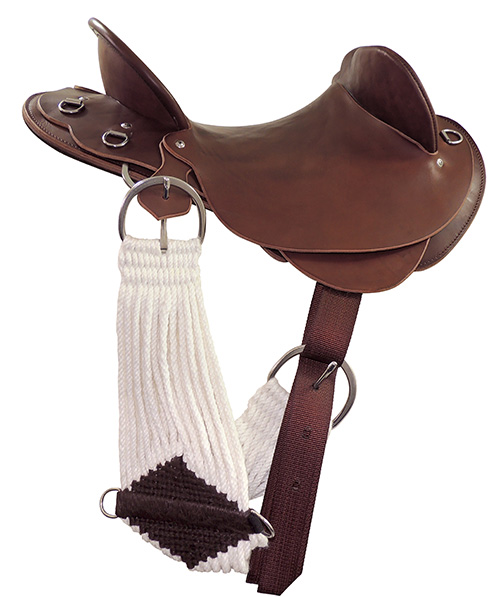
Buckle your cinch/girth to the hole when not in use.
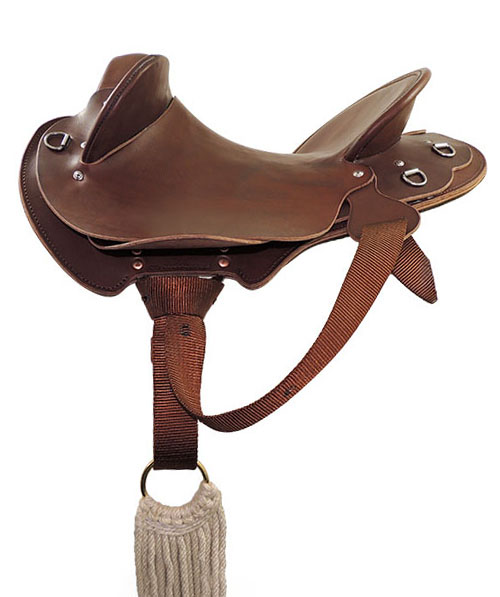
The slot holds/carries your excess latigo or girth strap.
Skip to rigging straps ➤ | Skip to rigging examples ➤
Choose Your Girth / Cinch
Toowoomba Saddlery saddles are compatible with a range of western and stock style girths. In western disciplines, the girth is referred to as a cinch. You can attach tack such as breastplates and flank girths to the girth’s small centre dees. Some girths also feature keepers or pockets to store excess strap length.
Our halfbreed saddles require smaller girth sizes and longer girth straps than English style saddles, to give the rider’s leg more freedom without the buckles adding bulk under the fender.

Modern style western cinches are made of synthetic materials like neoprene which require less maintenance and may be textured or vented so the horse’s skin can breathe.

Traditional style western cinches feature strings/cords that can move independently of one another for comfort, stability and airflow. Strings may be of natural or synthetic material.

Stock Girths
feature smaller buckles.
Some (Like the campdraft girth pictured) have 2 buckles on each end, helping riders easily achieve multiple points of contact.

secured with straps that have holes.

secured on the near side with straps that have holes.
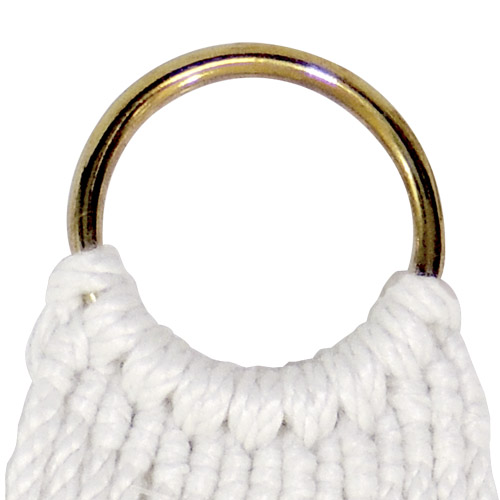
tied to saddle rigging, or hooked onto a tackaberry/bates buckle.

Used with loop-on girth points. Billet straps (if present) go on the off side.
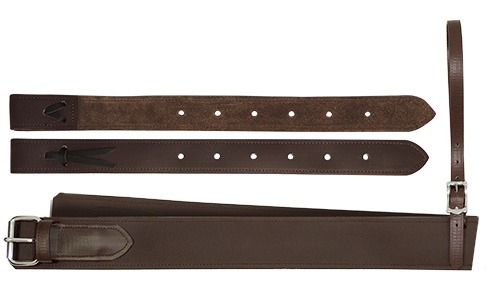
Optional flank girth with points
(AKA Rear cinch with billets)
For saddles with flank dees/slots, you can use an additional flank girth to add security to your saddle position and stop your saddle from sliding forward. These T-shaped girths can be useful for fast action or downhill riding.
The middle strap connects to the centre dees of your main girth, so the flank girth won’t slip backwards.
ChoosING your Rigging / Girth Straps
Your first choice is between leather or synthetic straps and this often comes down to personal preference. Do you prefer the strength and reduced bulk of synthetic straps? or the more traditional look, softer feel and mild ‘give’ of leather straps?
Do you value the ease and simplicity of a buckle? or do you prefer to tie your straps so you’re not limited to the distance between buckle holes?
Whichever straps you choose, don’t forget to keep excess out of the way by tucking it into a girth keeper (if your girth has one) or hooking it through an empty rigging slot, flank dee or latigo carrier.
Below are the straps featured in our rigging examples:
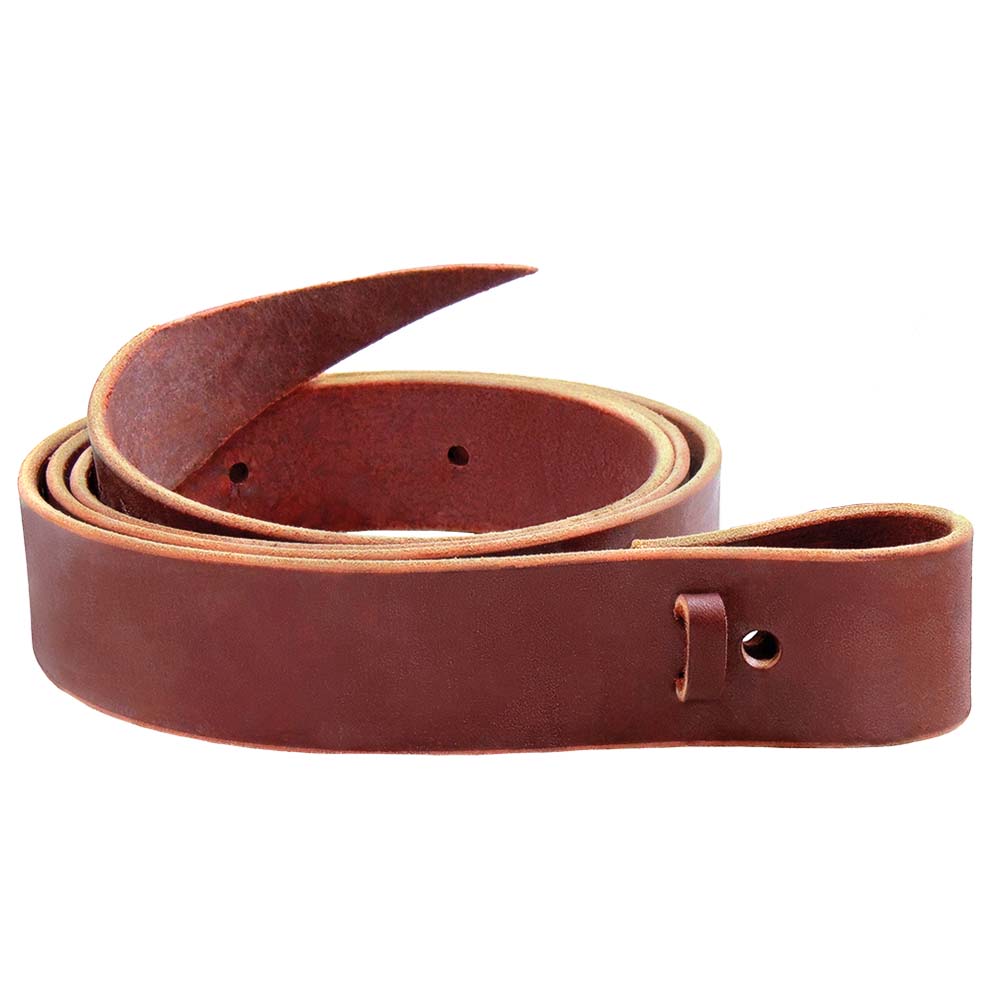
Long Leather Latigo
- Mainly used on the near side.
- Secure the traditional way by tying knots, or use the holes to secure with a cinch buckle.
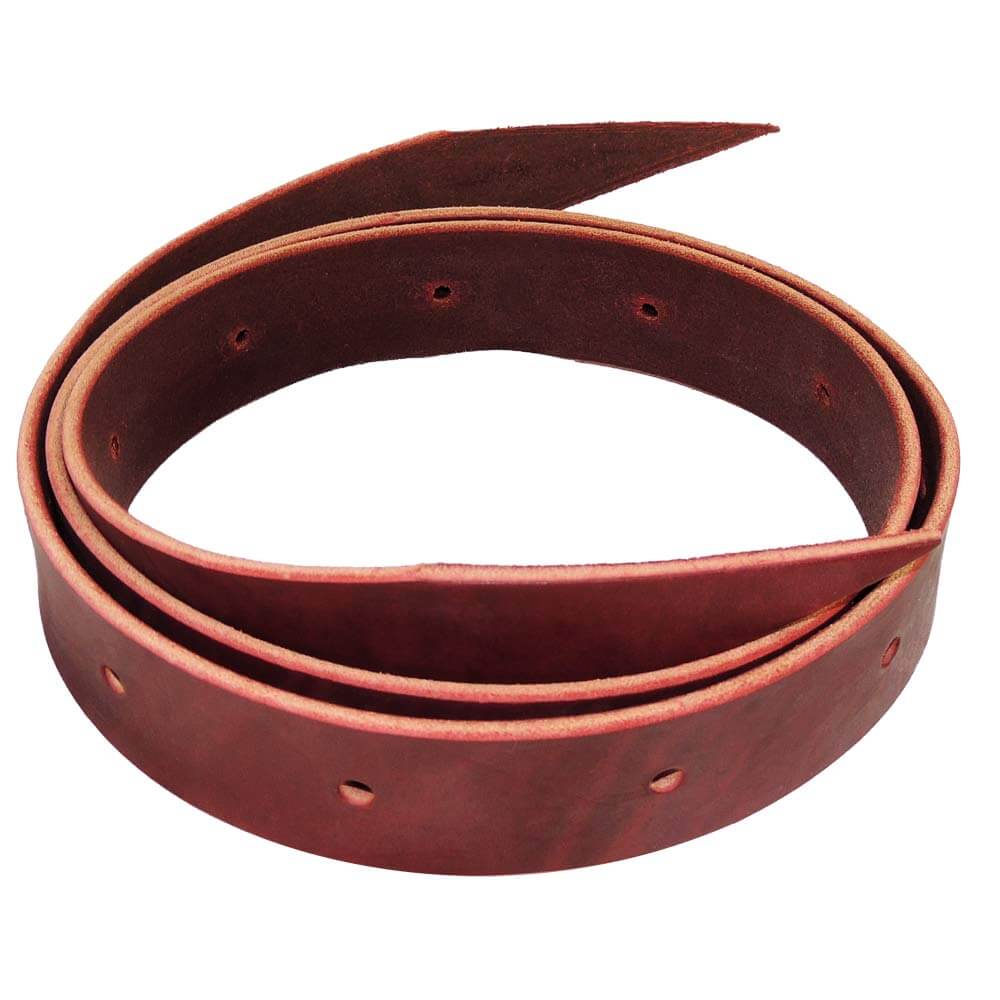
Halfbreed Strap / billet
- Used on the off side.
- Long leather strap for cinch buckles.
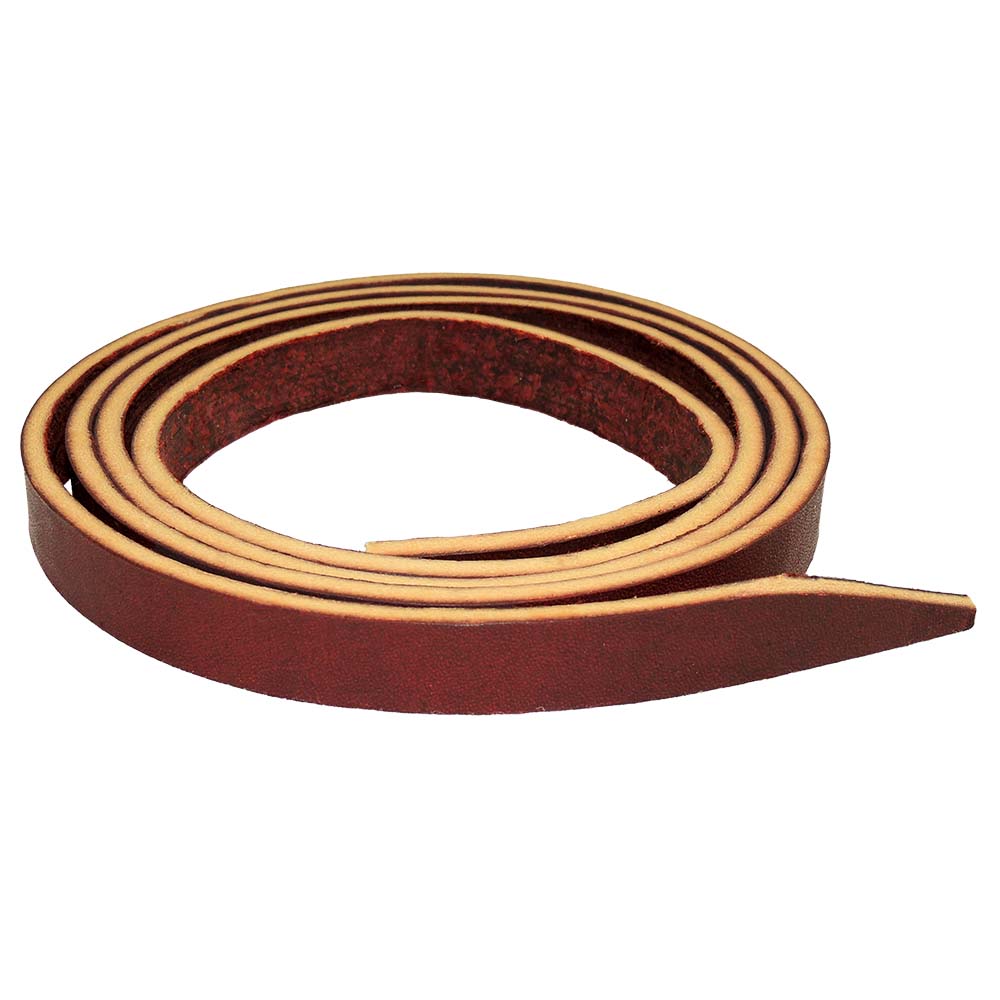
Leather Latigo Lace
- Mainly used on the off side.
- Thinner tie straps with no
buckle holes. - Can be sewn to the girth ring.
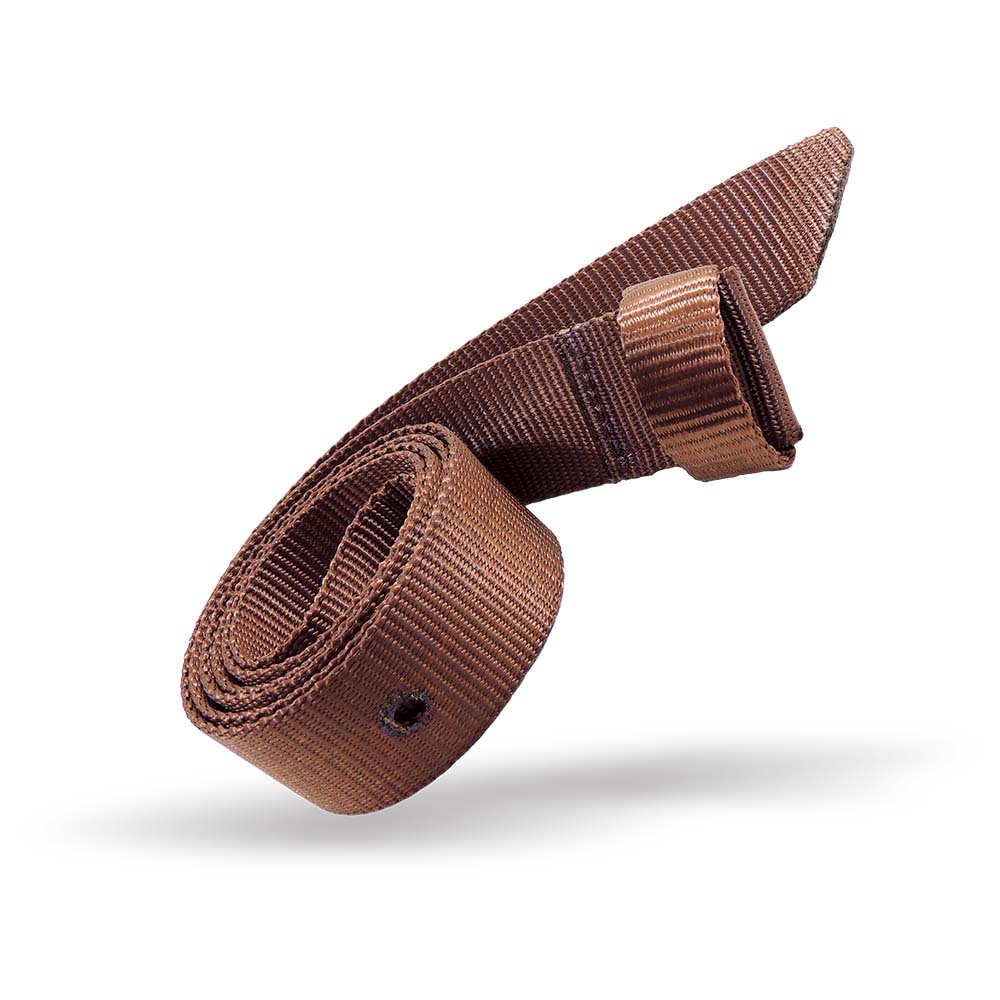
Synthetic Pull-up Strap
- Mainly used on the near side.
- Secure the traditional way by tying knots, or use the holes to secure with a cinch buckle.
- May have loop ends for easy attachment.
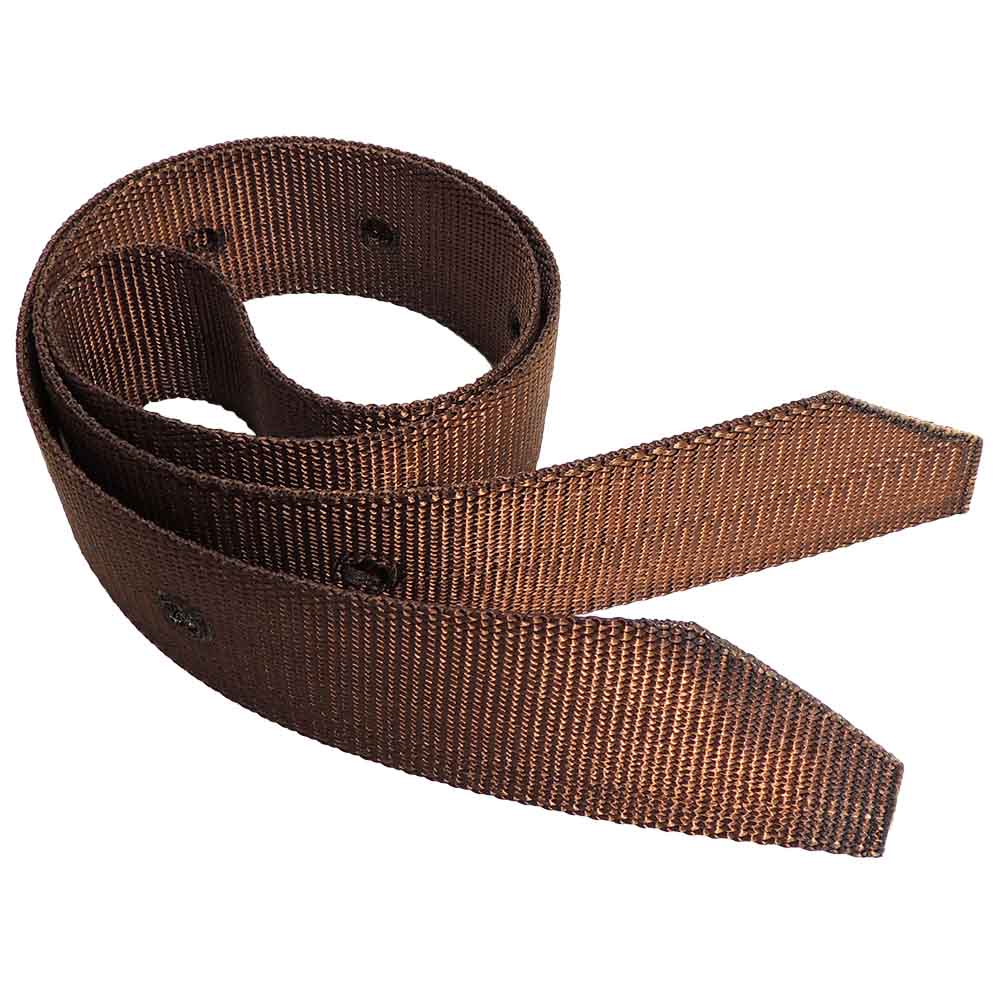
Short Pull-up Strap / Billet
- Used on the off side.
- Holes for use with buckles.
- Shorter strap, no loops or ties.
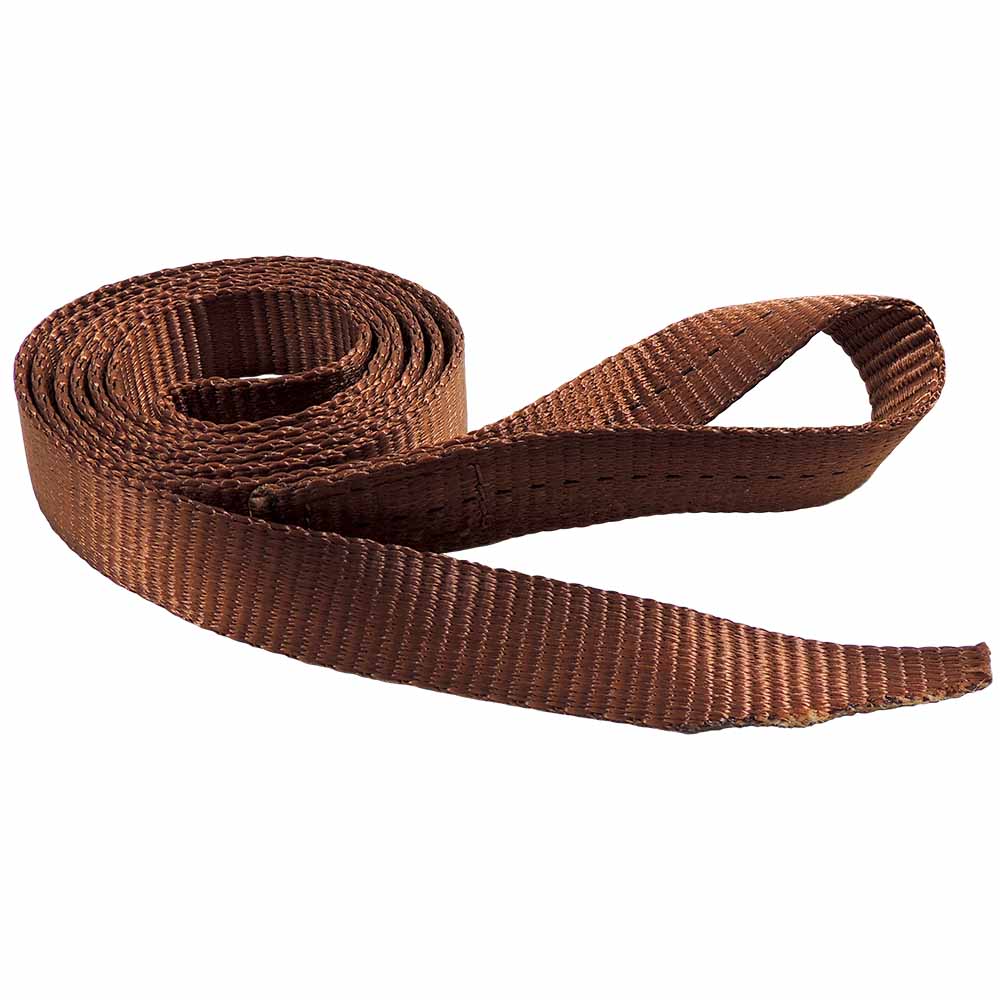
Synthetic Pull-up Lace / Bates lace
- Mainly used on the off side of a tackaberry setup.
- Thinner tie straps with no
buckle holes. - Loop end for easy attachment.

Loop-on Girth Points / Billets
- These points provide strong and convenient attachment for both the near and off side.
- Attach the point to the saddle rigplate with the loop end and secure it with a cinch buckle.
- With no fiddly ties, these points can be easily fitted and removed as required.
Saddle Rigging Examples With PHOTOS
Note: In the following examples, the saddle fender has been removed and girth safe lifted so you can easily see the rigging area. Saddles are on stands, so girths and straps are not under tension.
Skip to:
Loop-on girth points | Simple C-plate rigging | Simple 3-way plate Rigging | Centre Rigging |
Centrefire Rigging | Tackaberry rigging
Rigging with Loop-on Girth Points
Attaching a loop-on girth point:
Feed point up through the rigging (leather side towards the horse) > then down, through the webbing loop > Pull tight.
The webbing loop should lie flat against the top of the strap.
* Note which hole you use, so you can use the same hole on both sides
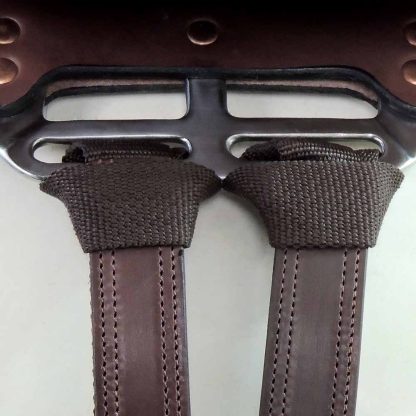
Loop-on Girth Points
with cinch buckle girth
- For more stability you can add an optional flank girth.
- For extra points of contact, you can attach additional points with a second cinch girth.
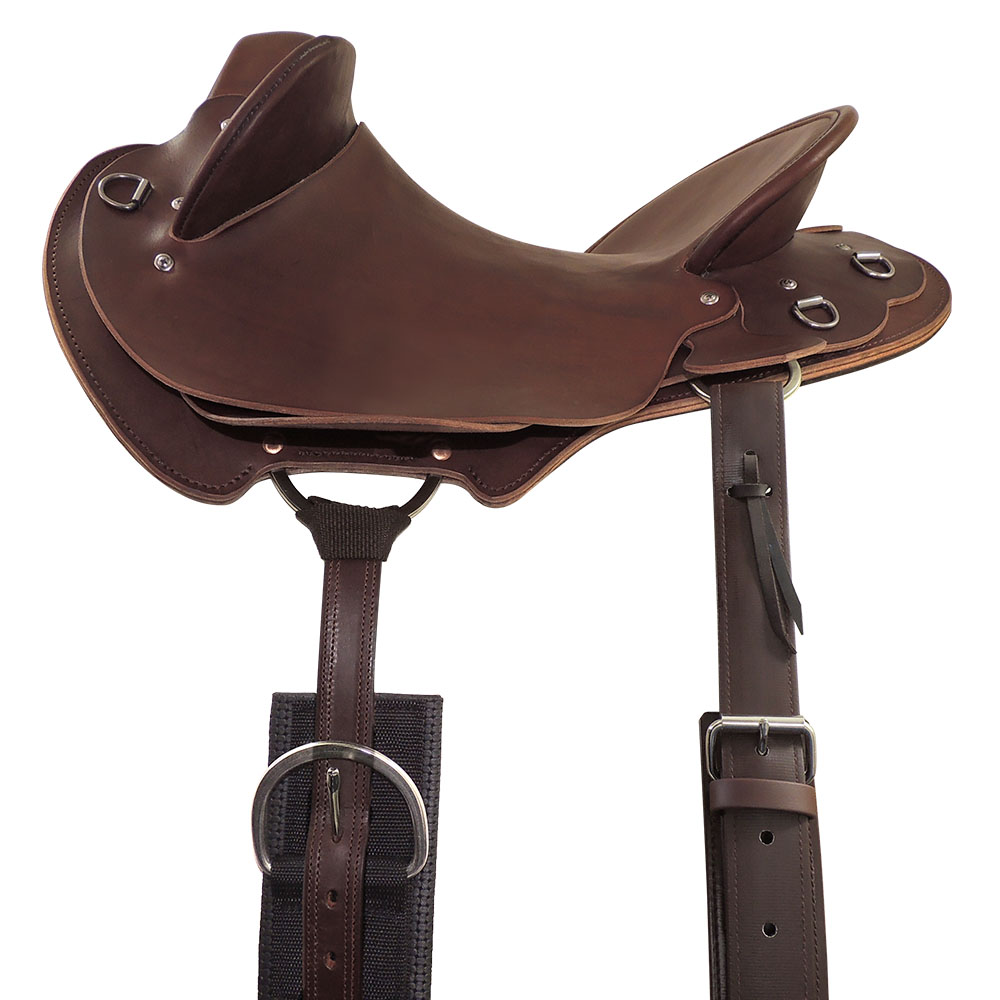
Cinch buckle + loop-on girth points + flank girth
(off side would be a mirror image)
Loop-on girth points with stock girth
(Double buckle campdraft girth)
- For more stability you can add an optional flank girth.
- Includes multiple points of contact.
- The girth’s off side billet strap (if present) can replace
one loop-on girth point.
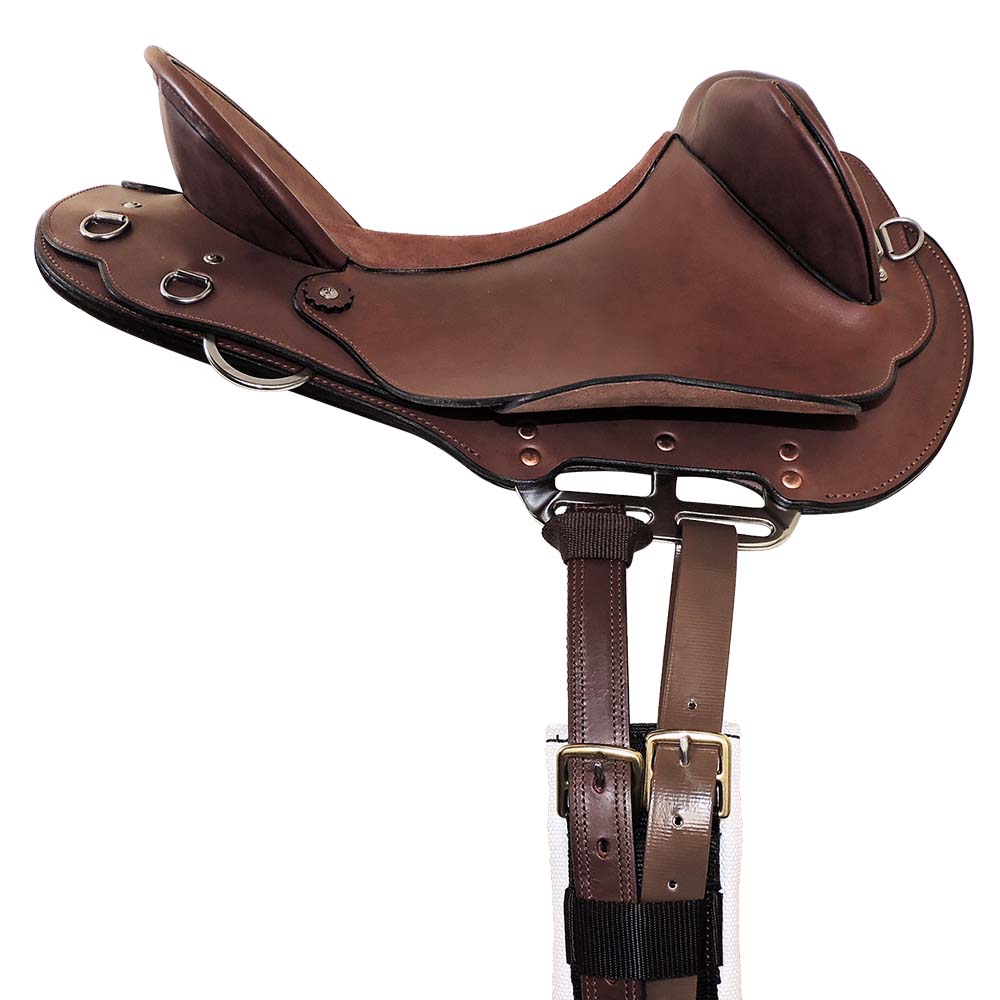
Double-buckle (campdraft) stock girth
+ loop-on girth point & billet strap
SIMPLE Saddle Rigging | C type Rigging Plates
- For more stability, you can add an optional flank girth.
- The C-type rigplate position sits equivalent to the centre of 3-way rigplates.
- There may not be enough room to add extra points of contact.
Simple C-type rigging | Near side with ring cinch
Attach pull-up strap/latigo to rigging plate > Pass strap down through cinch ring > then up through the rigplate > and down to the ring > then pass back up through rigplate and secure with a tie knot.
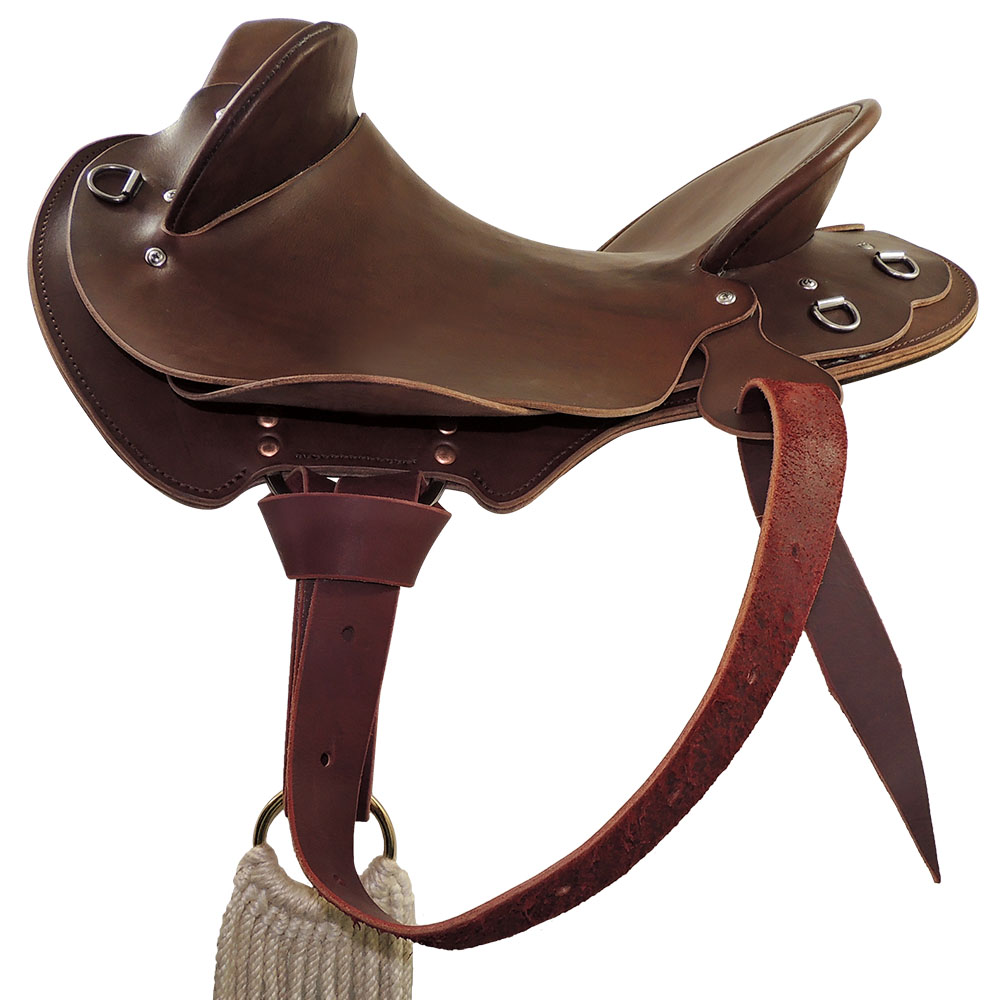
Leather latigo tied to cinch ring
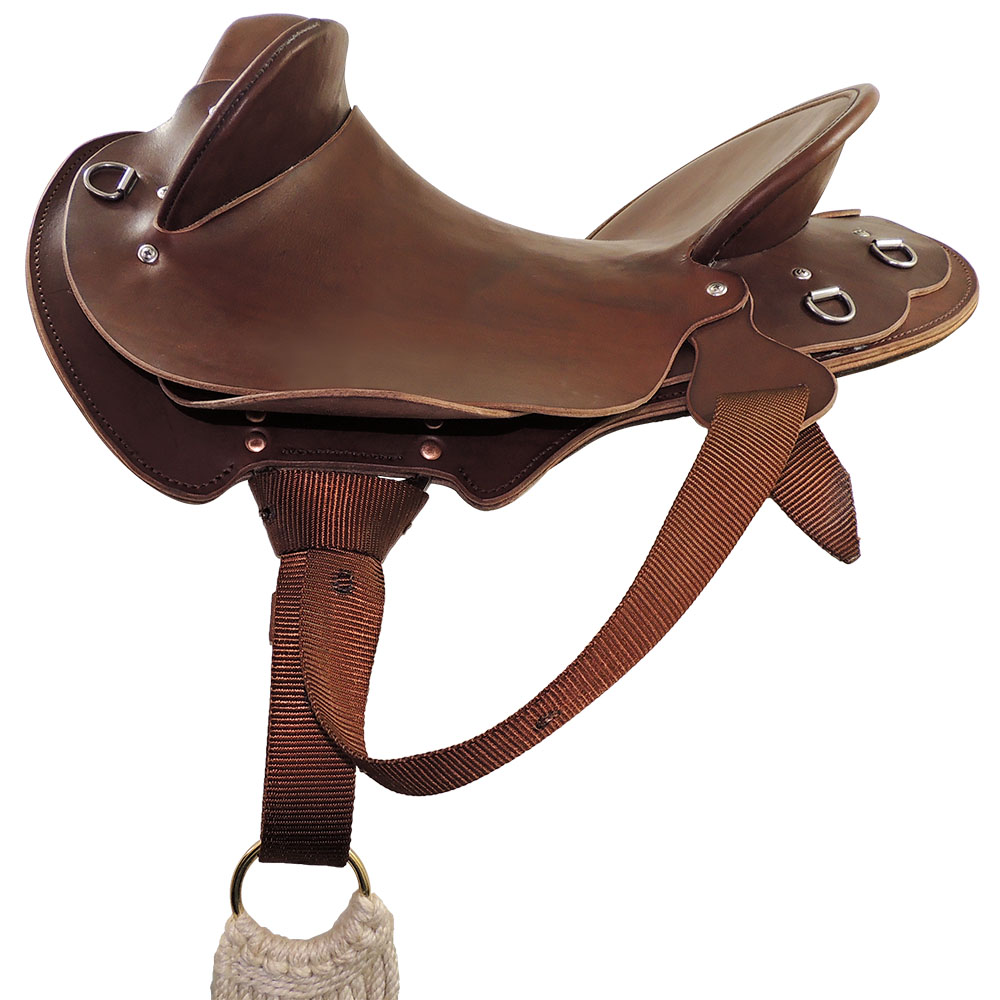
Pull-up strap tied to cinch ring
Simple C-type rigging | Near side with buckle cinch
Attach pull-up strap/latigo to rigging plate > Pass strap down through buckle > then up through the rigplate > and down to the buckle > then secure with buckle.
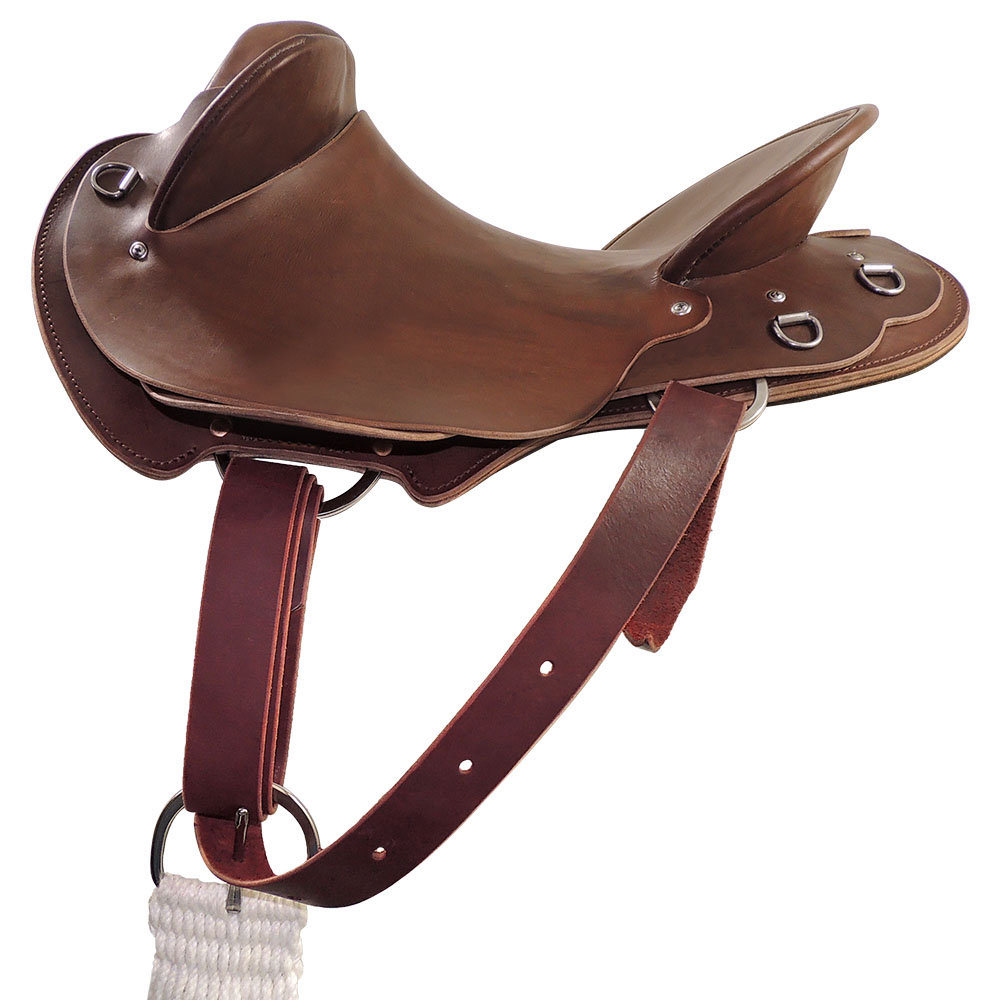
Leather latigo buckled to cinch
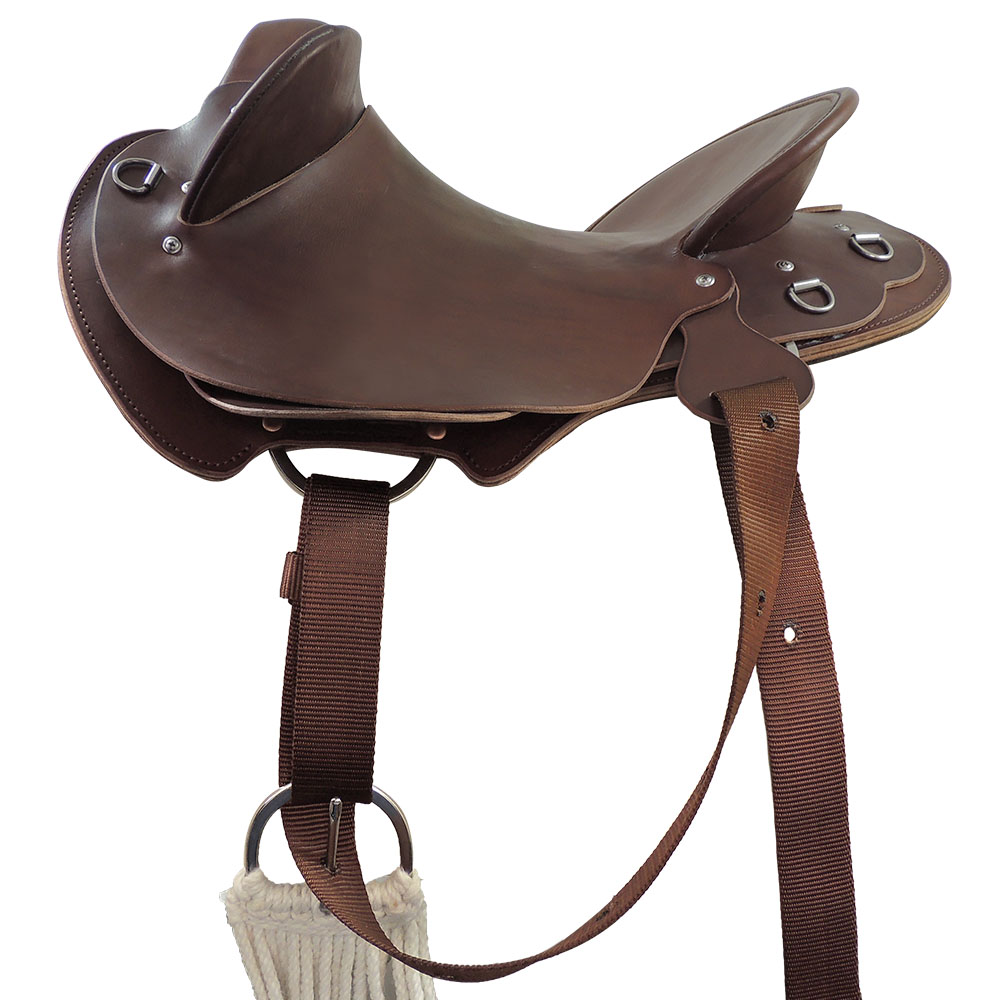
Pull-up strap buckled to cinch
Simple C-type Rigging | Off side with buckle cinch
Fold offside strap/billet in half over the buckle > pass both strap points up through rigging slot > then back to the buckle so the strap is double thickness at the buckling point > Tighten and secure.
Folding the strap around the buckle gives it more strength and leaves less strap excess.
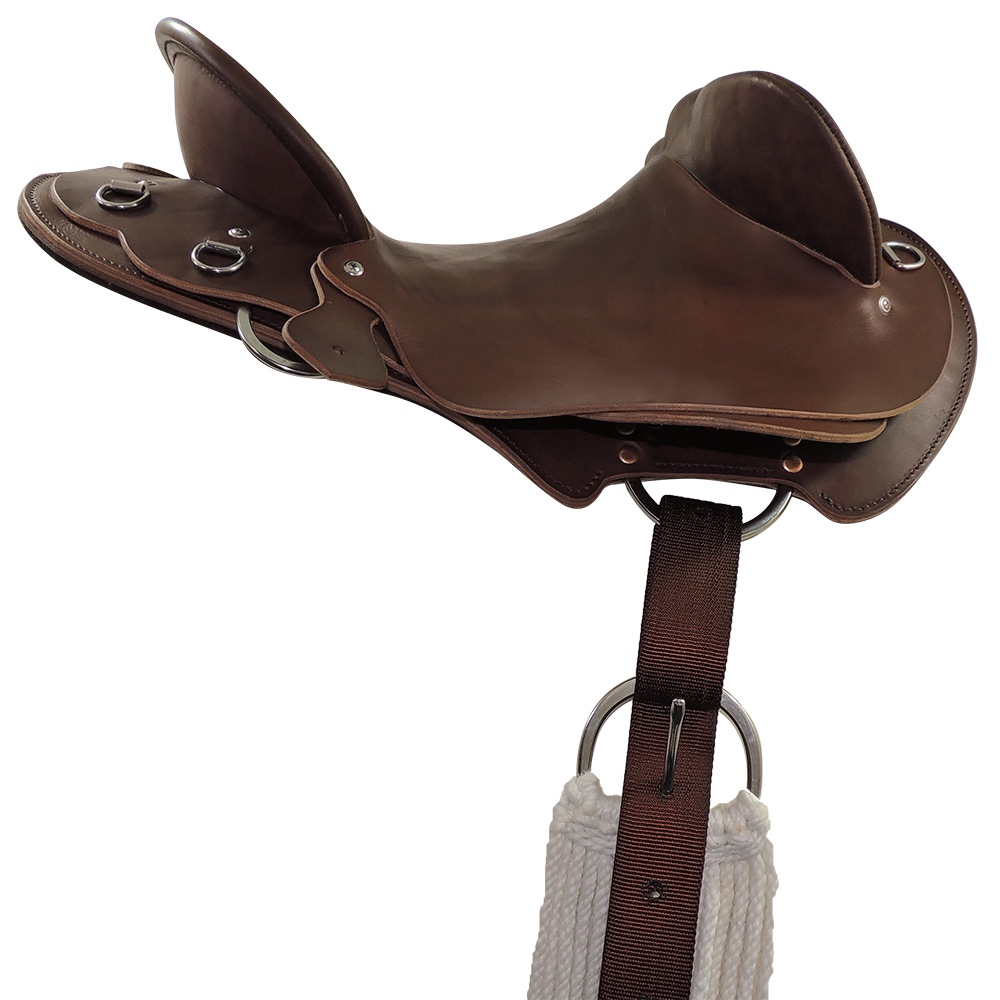
Synthetic billet strap buckled to cinch
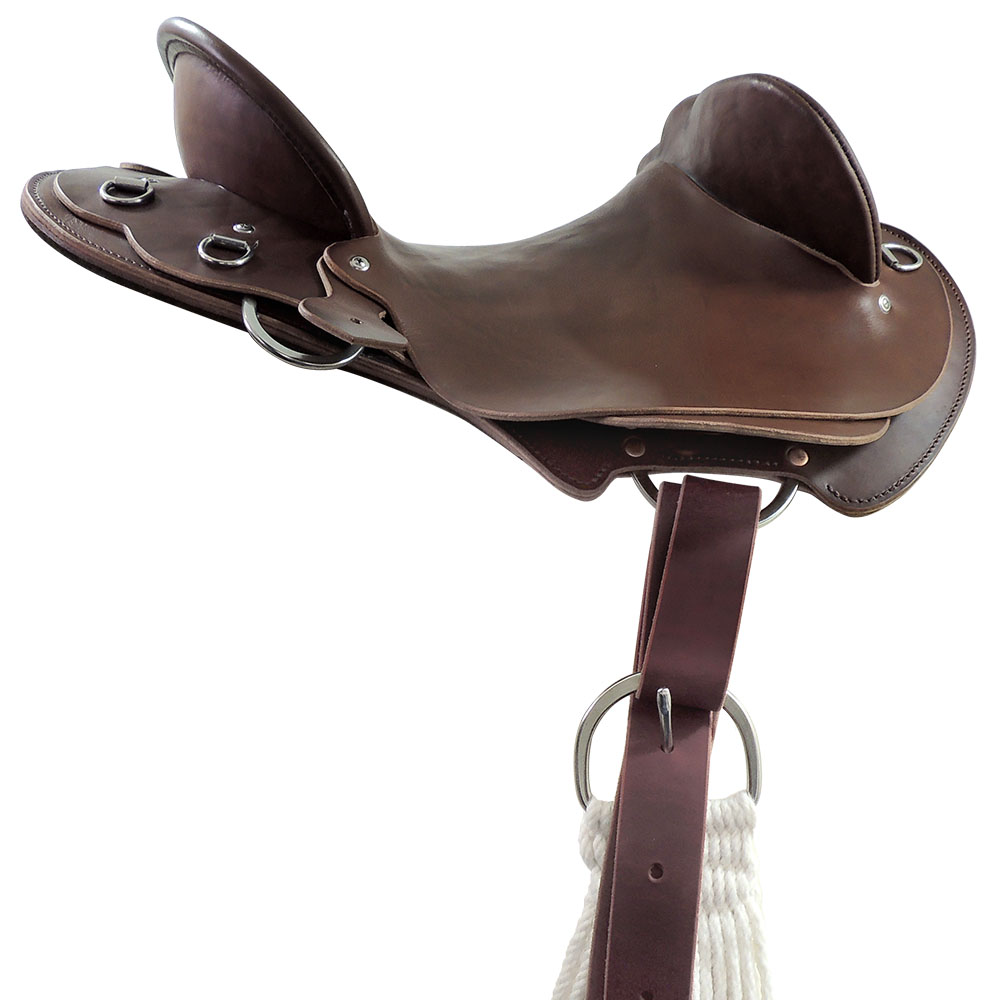
Leather halfbreed strap buckled to cinch
SIMPLE Saddle Rigging | 3-way Rigging Plates
- Forward Position (straps on front-most slot, as shown) may be more suitable for horses with lower withers.
- Rear Position (rear-most slot) gives the horse more shoulder room and may be more suitable for horses with higher withers.
- For more stability, you can add an optional flank girth.
- For extra points of contact, you can attach an additional girth and straps to the spare rigging slots.
Simple 3-way rigging | Near side with ring cinch
Attach long pull-up strap/latigo to your preferred rigging slot > pass strap down through buckle/ring > up through rigging slot > down through buckle/ring > Then pass back up through slot and secure with tie knot.
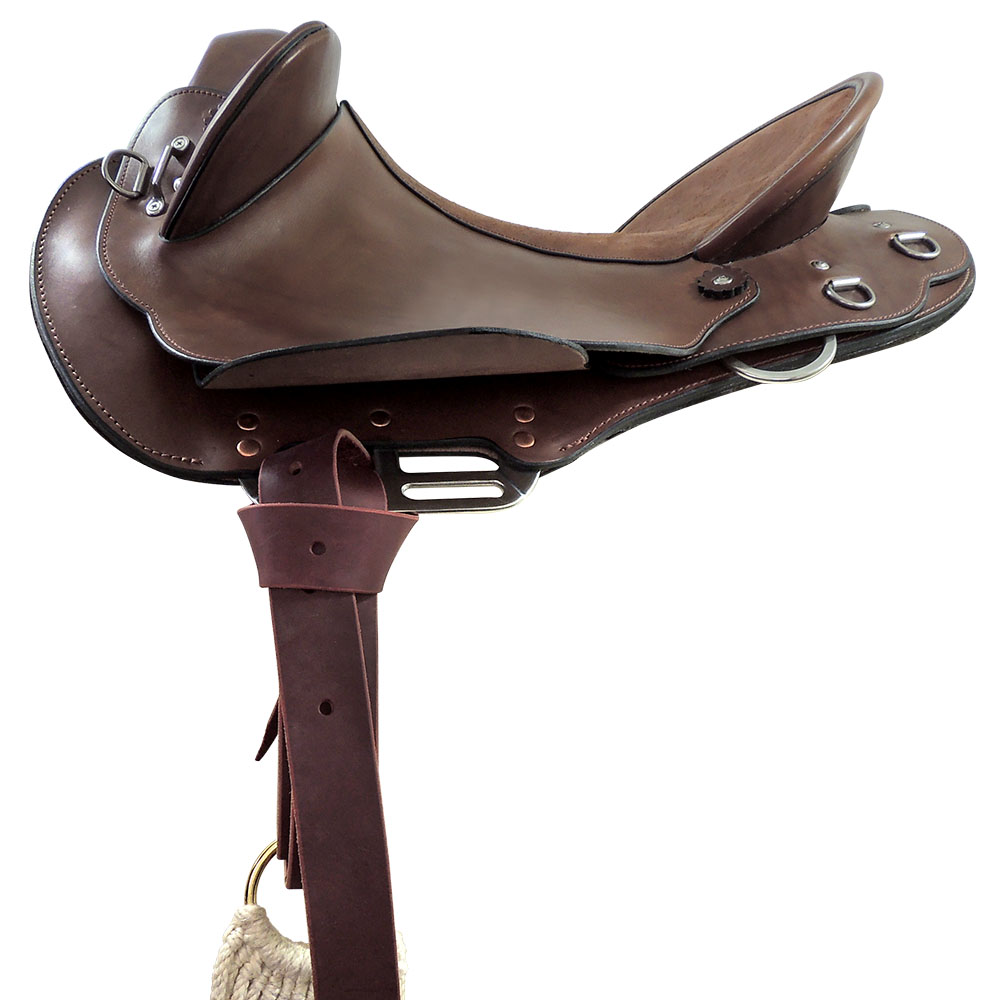
Leather latigo tied to cinch ring in Forward Position
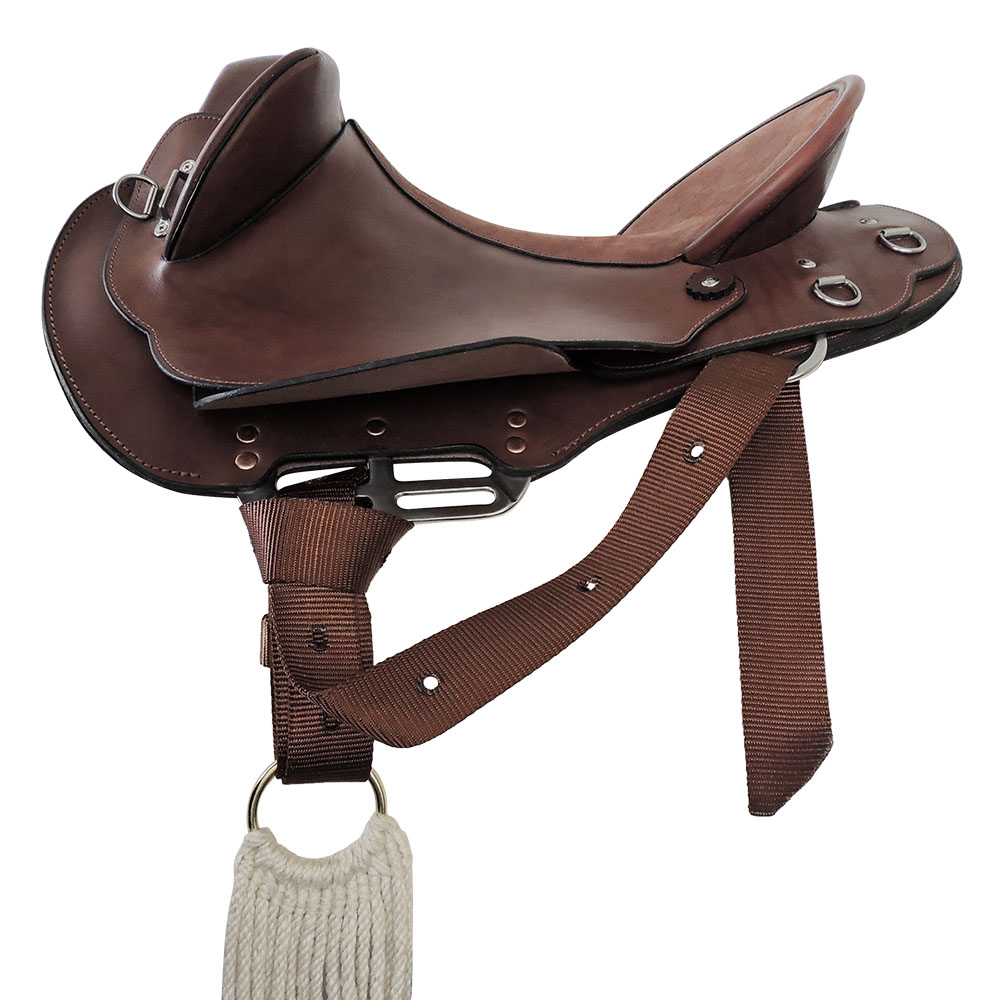
Synthetic pull-up strap tied to cinch ring in Forward Position
Simple 3-way rigging | Near side with buckle cinch
Attach pull-up strap/latigo to your preferred rigging slot > pass strap down through buckle > up through rigging slot > down through buckle > tighten and secure.
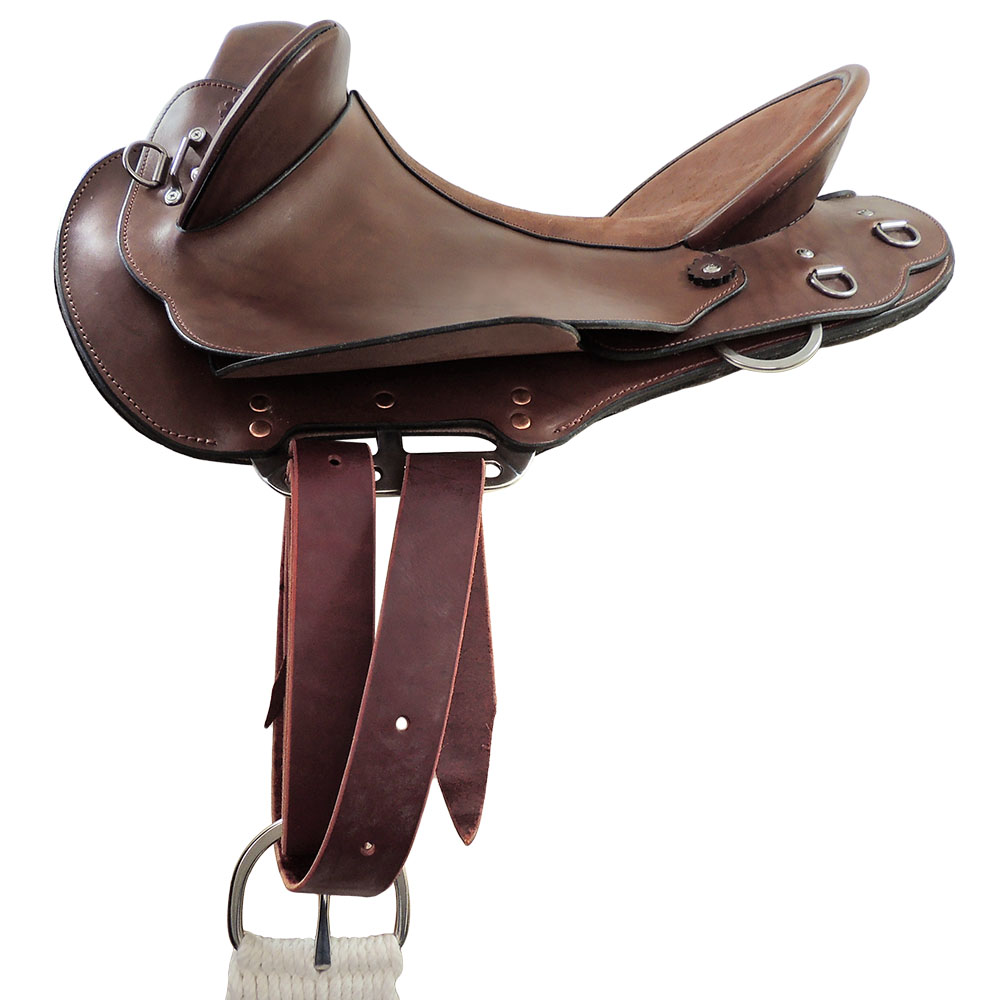
Leather latigo buckled to cinch in Forward Position

Pull-up strap buckled to cinch in Forward Position
Simple 3-way rigging | Off side with buckle cinch
Fold the offside strap/billet in half over the buckle > pass both strap points up through your preferred rigging slot > then back to the buckle so the strap is double thickness at the buckling point > tighten and secure. Folding the strap around the buckle gives it more strength and leaves strap excess.
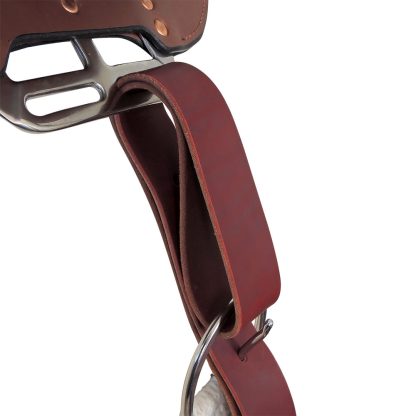

Leather halfbreed strap buckled to cinch in Forward Position
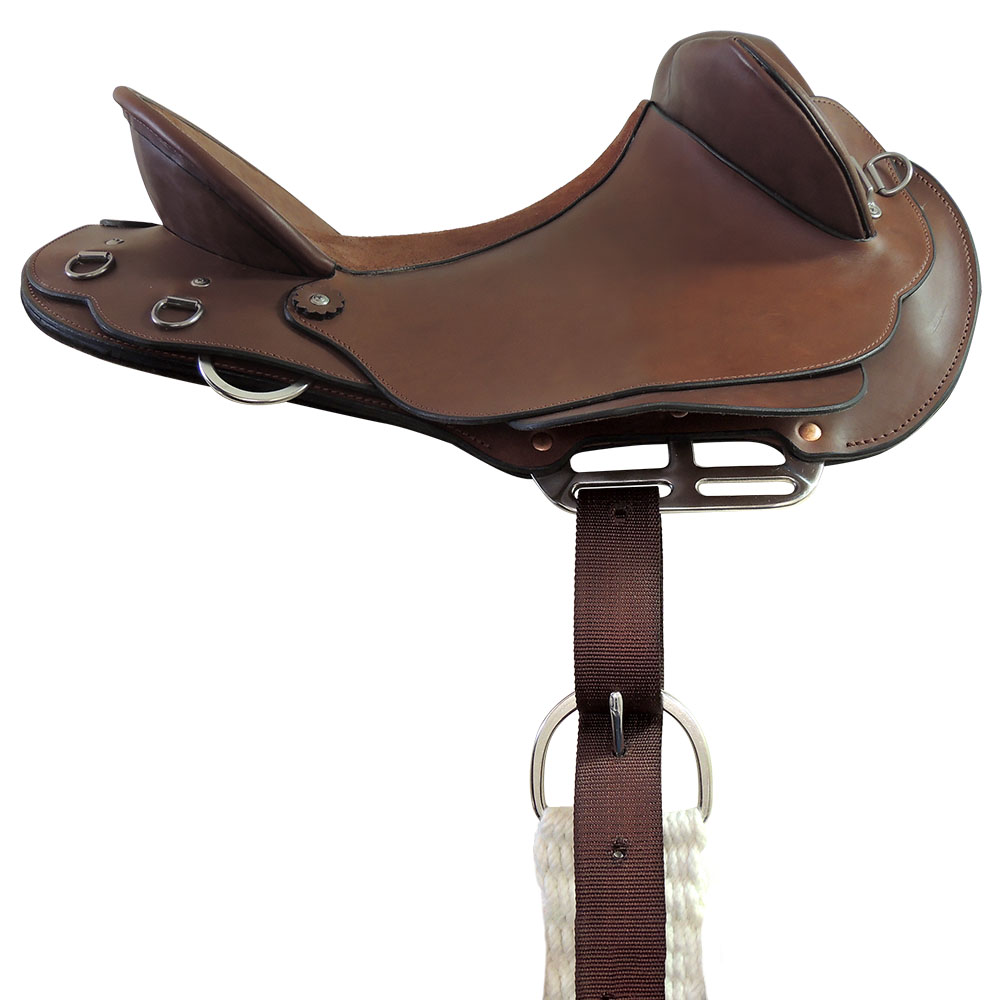
Pull-up strap buckled to cinch in Rear Position
Centre Saddle Rigging
- Requires a saddle with 3-way rigplates.
- The Vpull shape adds balance and stability, for even more stability an optional flank girth can also be used.
- No option for extra contact points.
3-way Centre Rigging | Near side with buckle cinch
Attach strap to front-most rigging slot, pass strap through buckle > then same rigging slot > buckle > 2nd rigging slot > buckle > Tighten and secure.

Leather latigo strap buckled to cinch
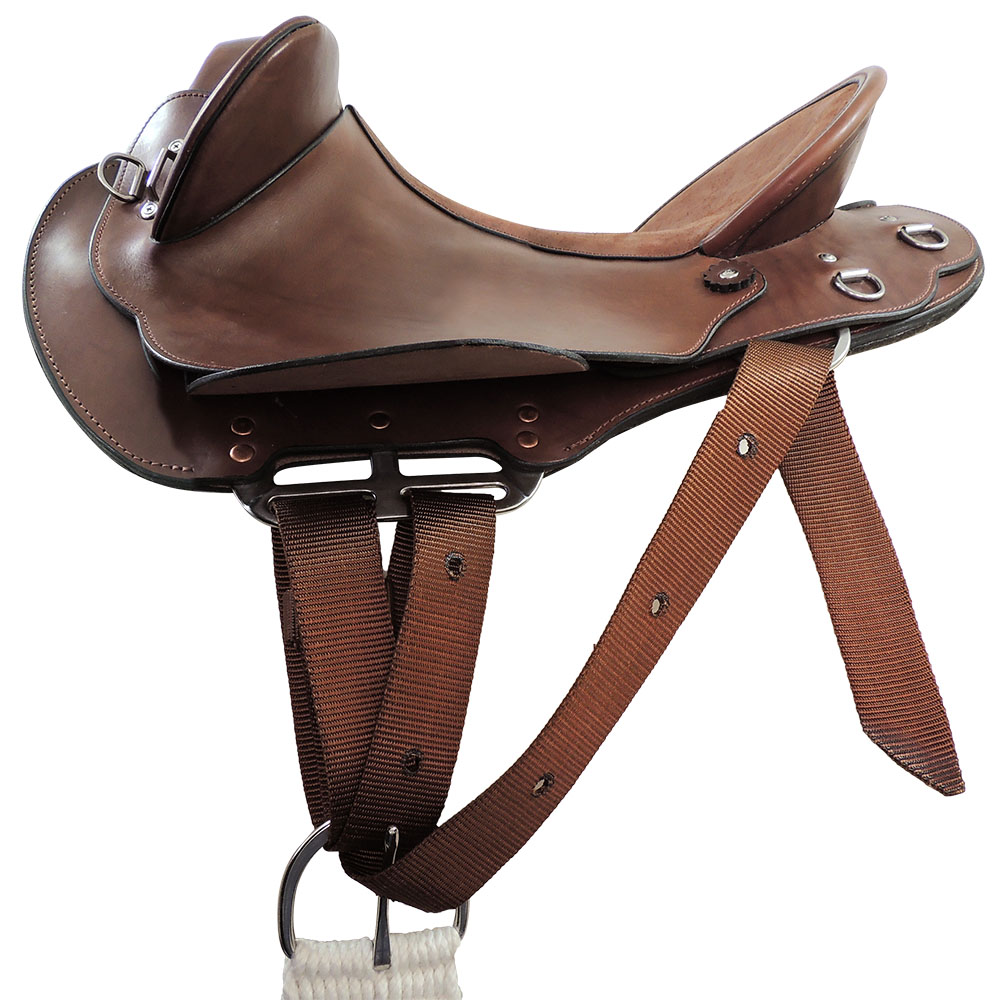
Pull-up strap buckled to cinch
3-way Centre Rigging | Off side with buckle cinch
Fold strap in half over the buckle > then pass each strap through a rigging slot > and back down to the buckle so they are double thickness at the buckling point.
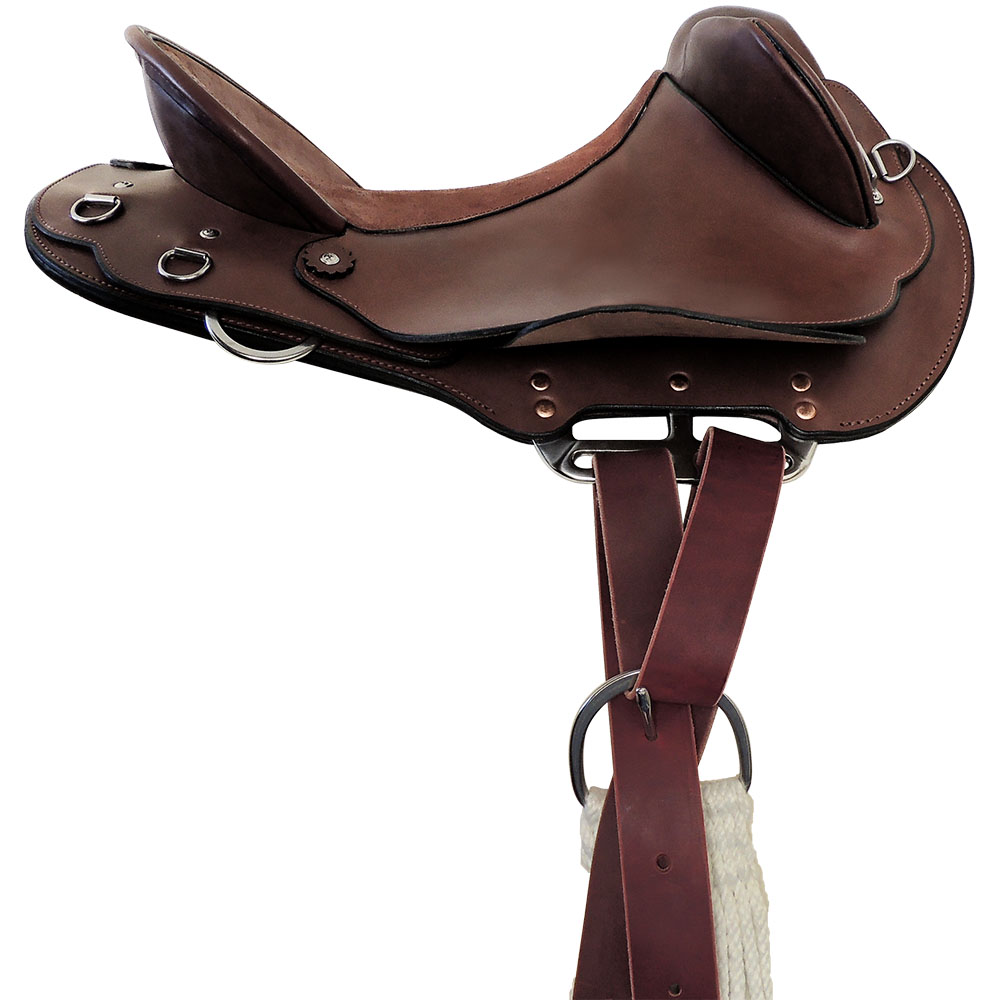
Leather halfbreed strap buckled to cinch

Off-side billet strap buckled to cinch
Centrefire Saddle Rigging
- The wider V shape moves the girth back to give your horse maximum shoulder room while helping alleviate pressure on the shoulder and withers and helping stabilise your saddle.
- Requires a s flank dee / slot.
- Use on both near and off side for even pressure.
- No option for extra contact points.
Centrefire Rigging | C-type rigging plates with ring cinch
Attach strap to cinch ring > pass through rigging plate > down to cinch ring > up to flank dee > back to cinch ring > back up to flank dee > tie knot to secure. Tying the strap to the flank dee instead of the rigging plate helps reduce bulk under the rider’s leg.

Leather latigo tied to cinch ring

Synthetic pull-up strap tied to cinch ring
Centrefire Rigging | C-type rigging plates with buckle cinch
Attach strap to rigging slot > pass strap through buckle > then flank dee > then buckle again > tighten and secure.

C-TYPE Rigplates | Near Side
Leather latigo buckled to cinch
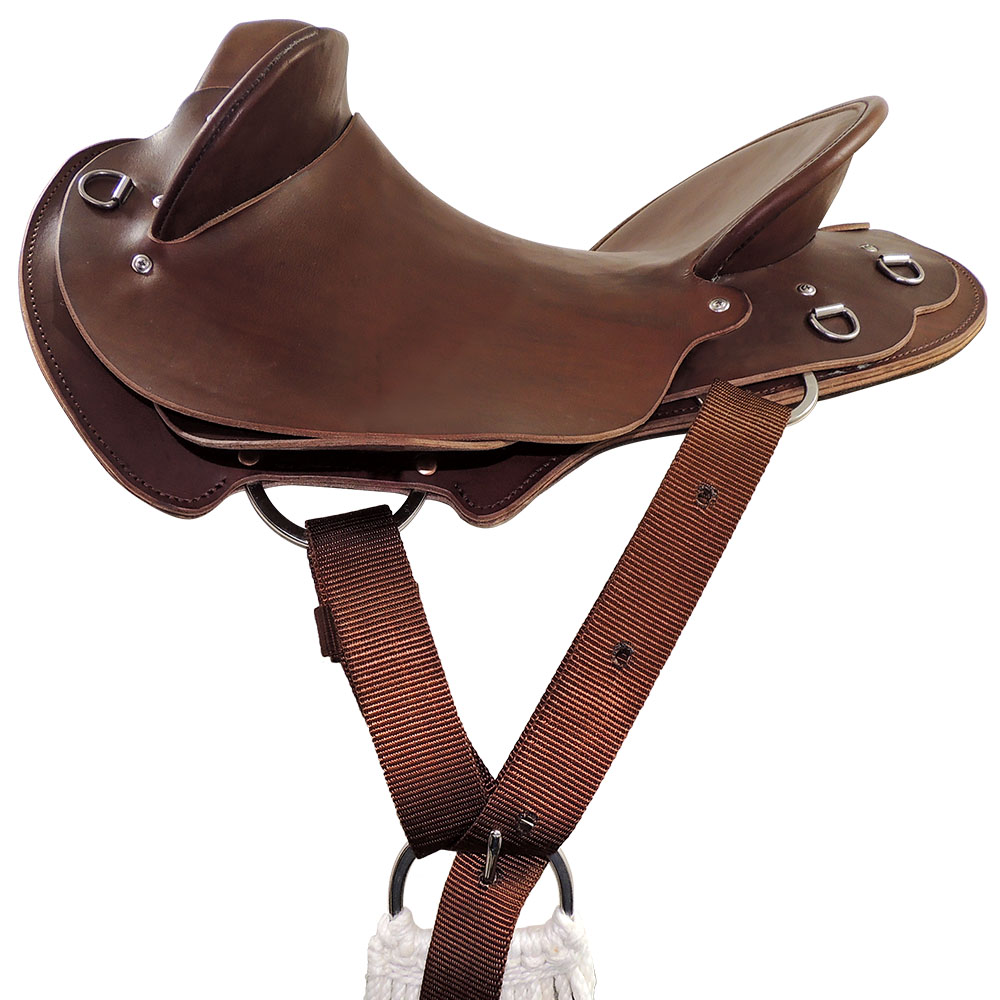
C-TYPE Rigplates | Near Side
Synthetic pull-up strap buckled to cinch
Centrefire Rigging | 3-way rigging plates with ring cinch
Attach pull-up/latigo strap to rigging slot. Pass strap through girth ring > then flank dee > girth ring again > flank dee again > then tie knot to secure. Tying the strap to the flank dee instead of the rigplate helps reduce bulk under the rider’s leg. An alternative method ties the strap to the cinch ring instead of the rigplate.
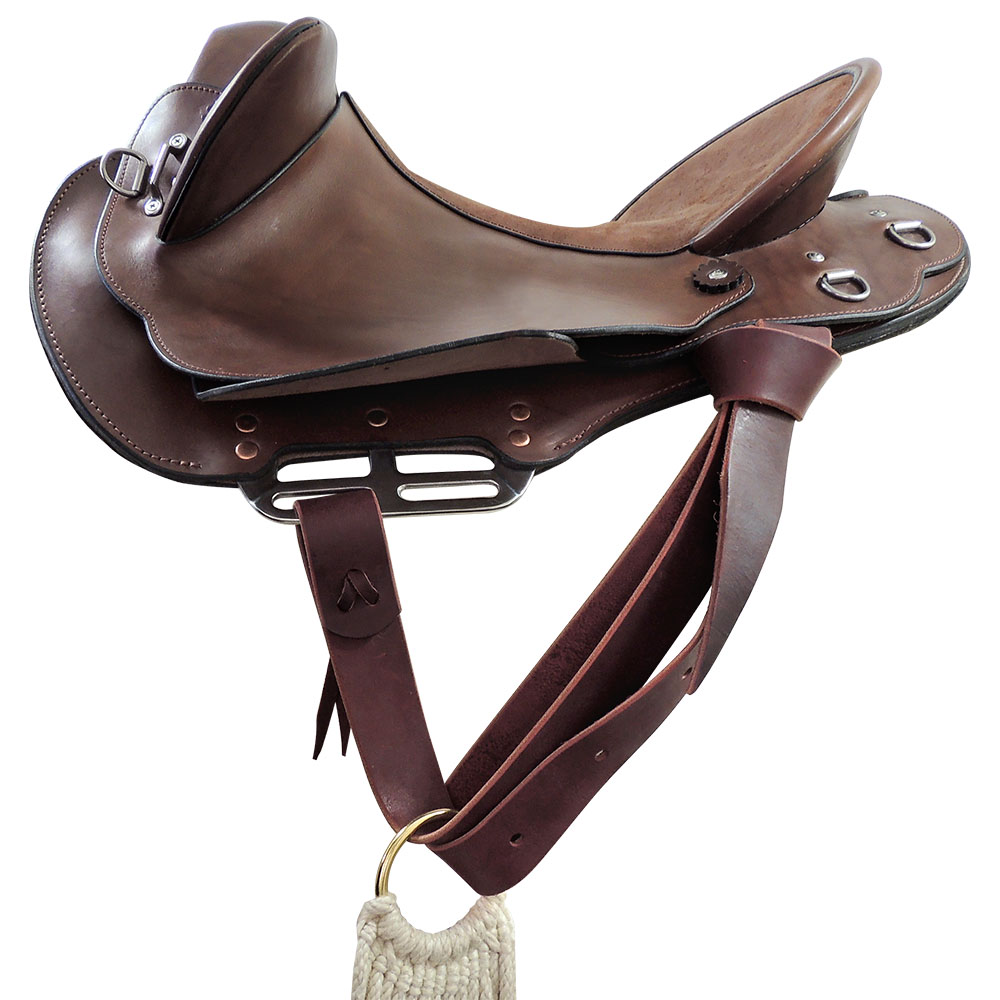
Leather latigo tied to cinch ring
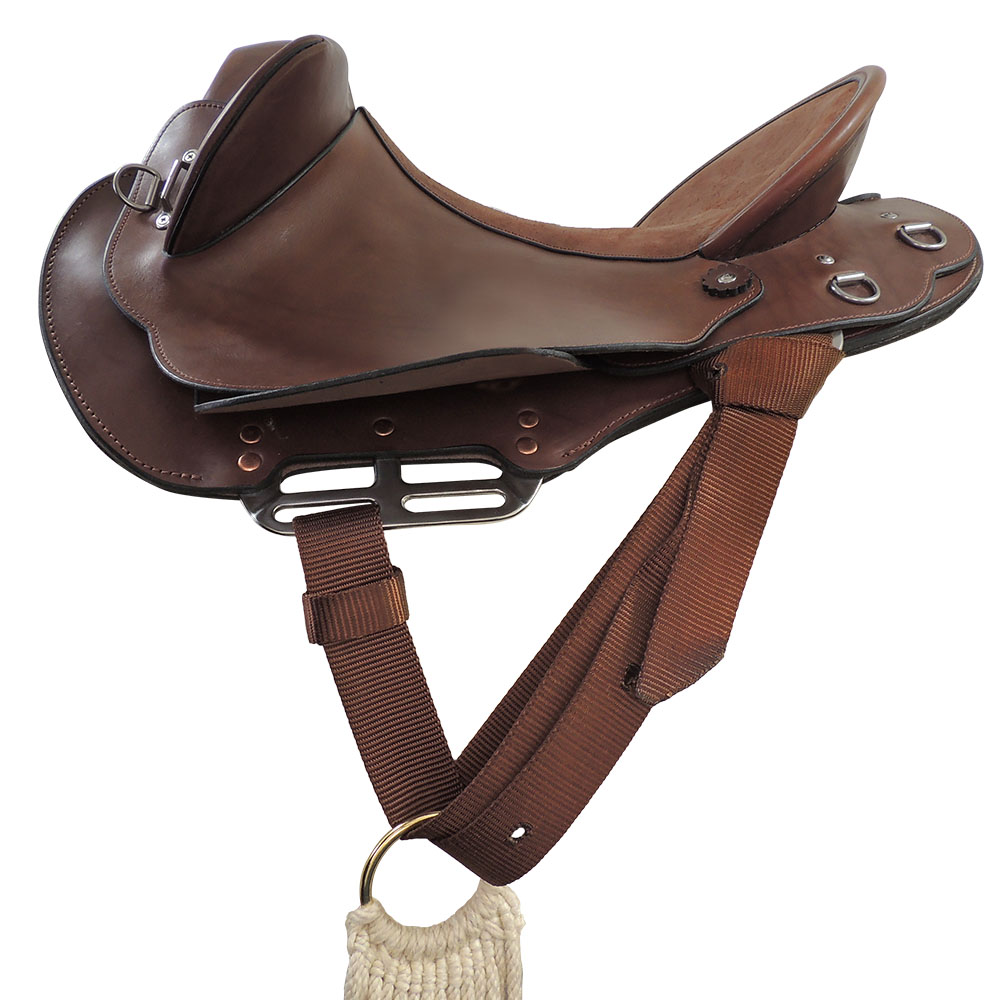
Synthetic pull-up strap tied to cinch ring
Centrefire Rigging | 3-way rigging plates with buckle cinch
Attach pull-up/latigo strap to rigging slot > pass strap through buckle > then flank dee > then buckle again > tighten and secure.
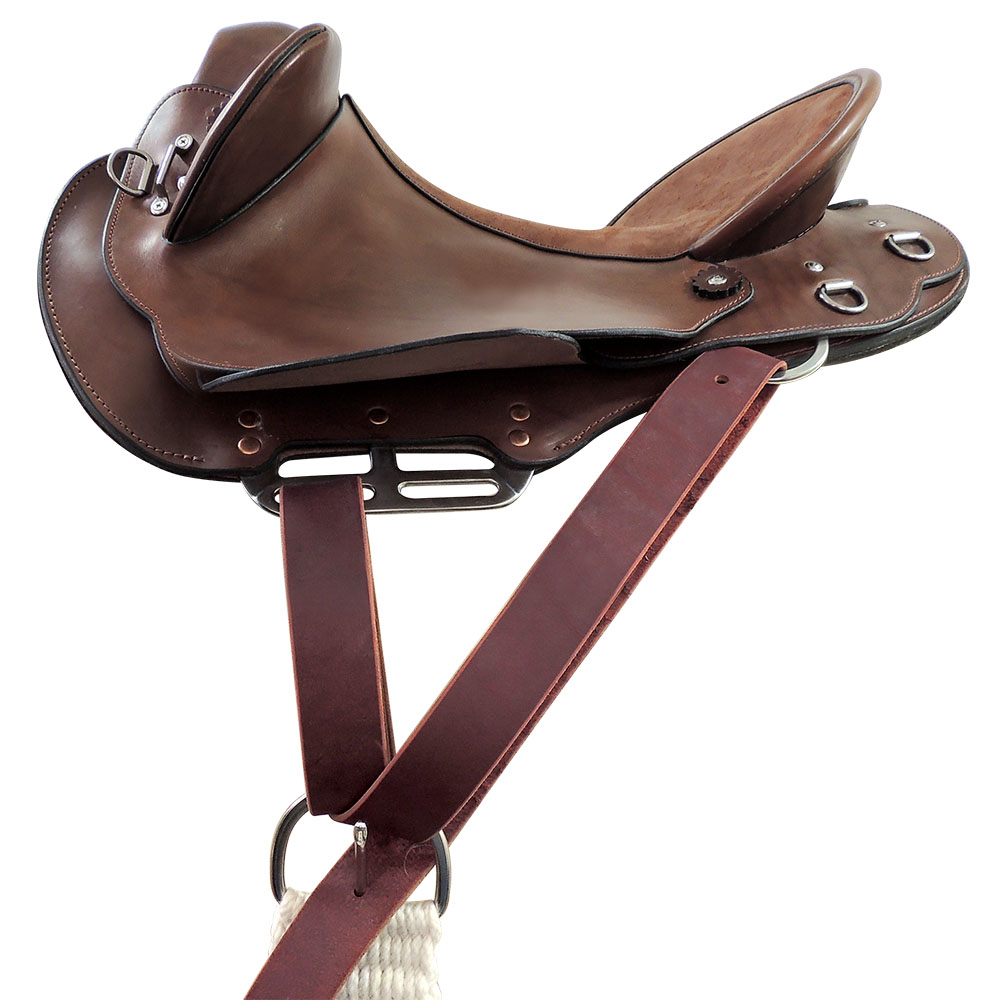
Leather latigo tied to cinch ring
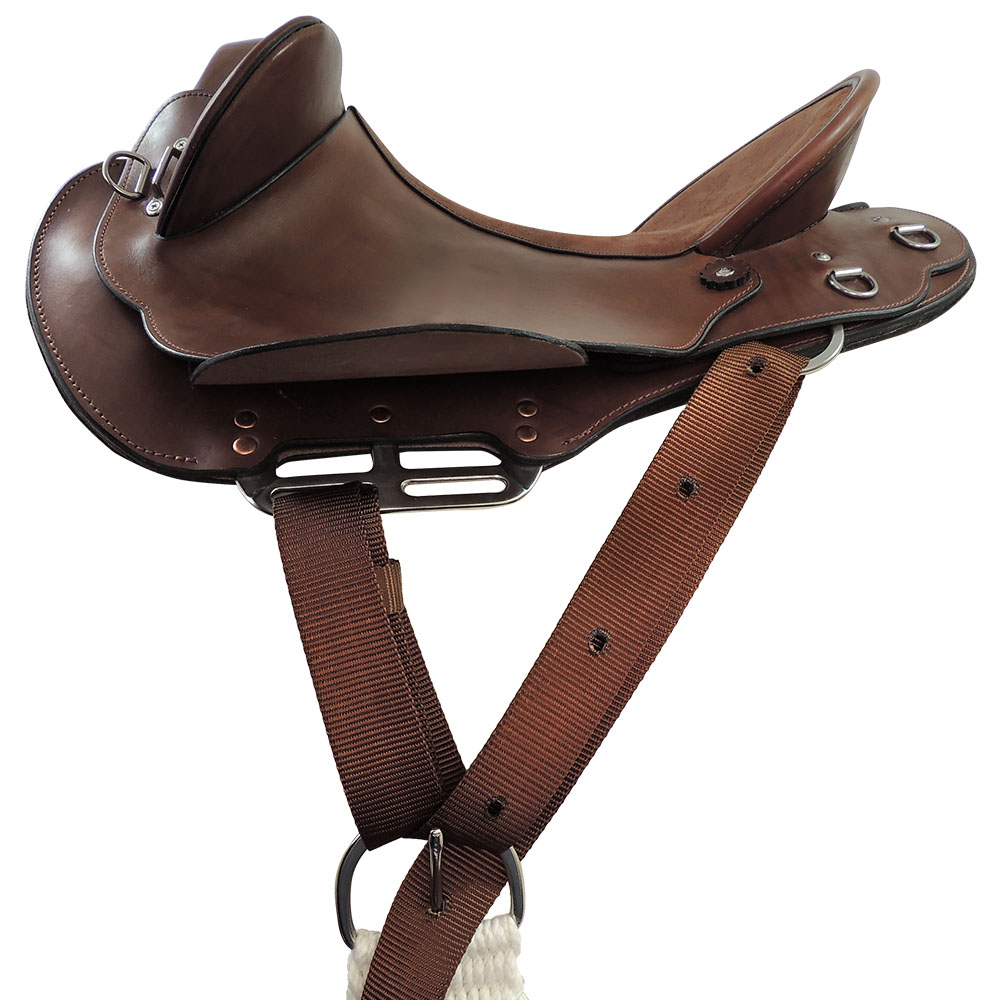
Synthetic pull-up strap buckled to cinch
Tackaberry / Bates Saddle Rigging
- Requires a tackaberry buckle which may come with or without a leather backing.
- Your girth is secure, yet can be released quickly.
- Can tighten the girth while sitting in the saddle.

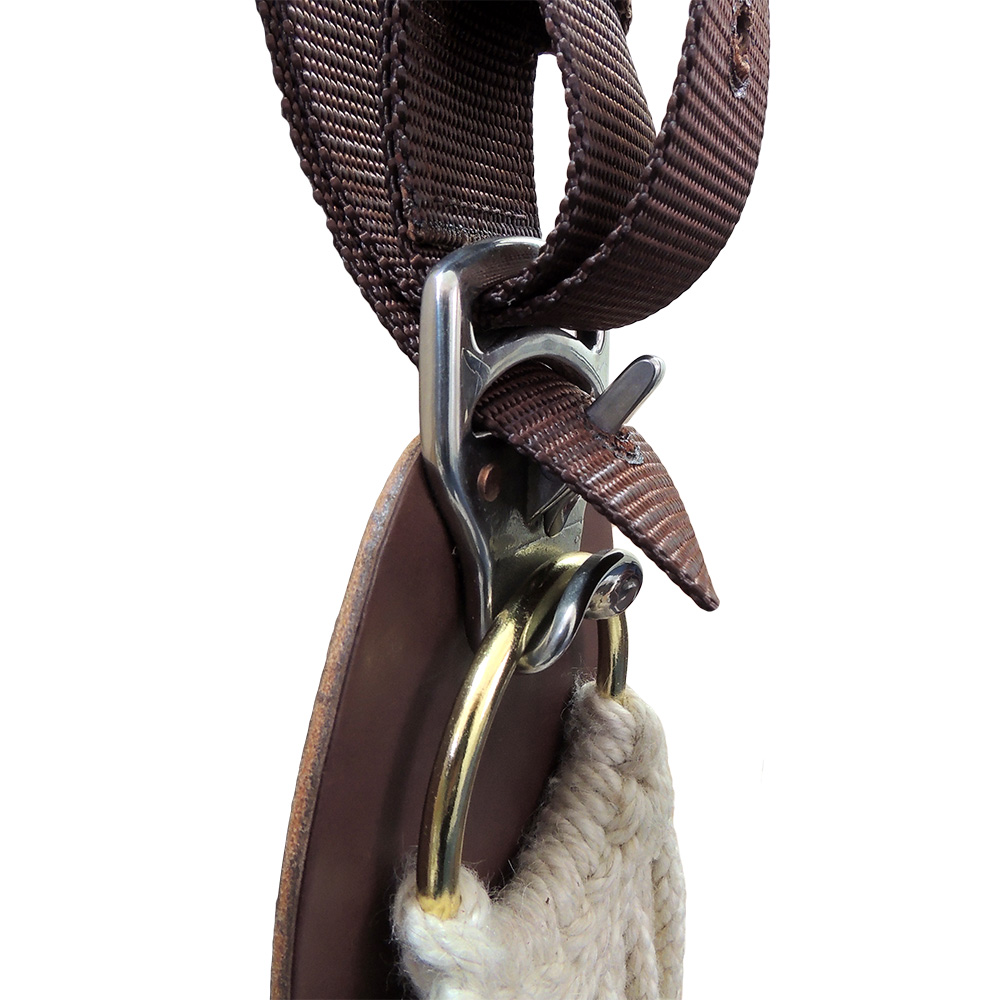
Tackaberry Rigging | Near side with pull-up strap
Attach pull-up strap to the tackaberry buckle’s top bar > pass up into your preferred rigging slot > down through the buckle’s top slot > then up to the rigging slot > down through the buckle’s lower slot > tighten and secure.
Strap excess can be hooked through empty rigging slot or flank dee.
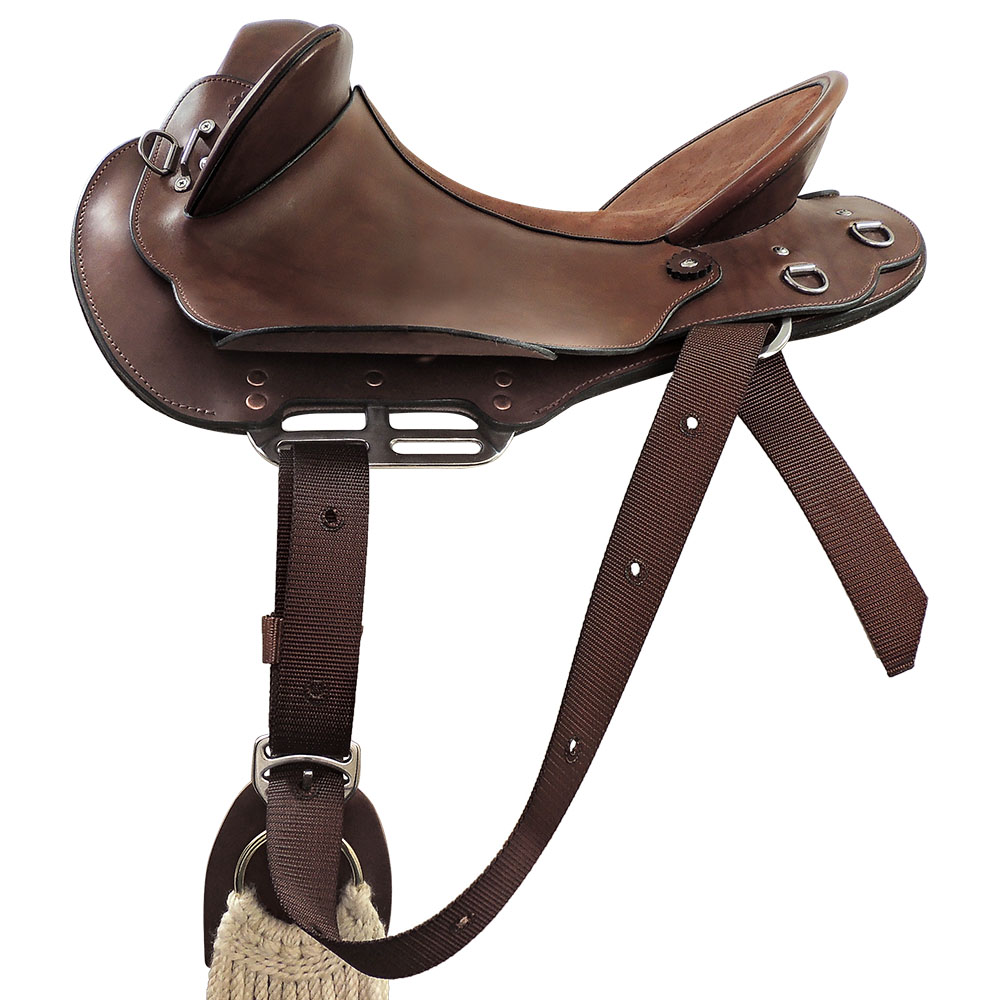
synthetic pull-up strap in Forward Position
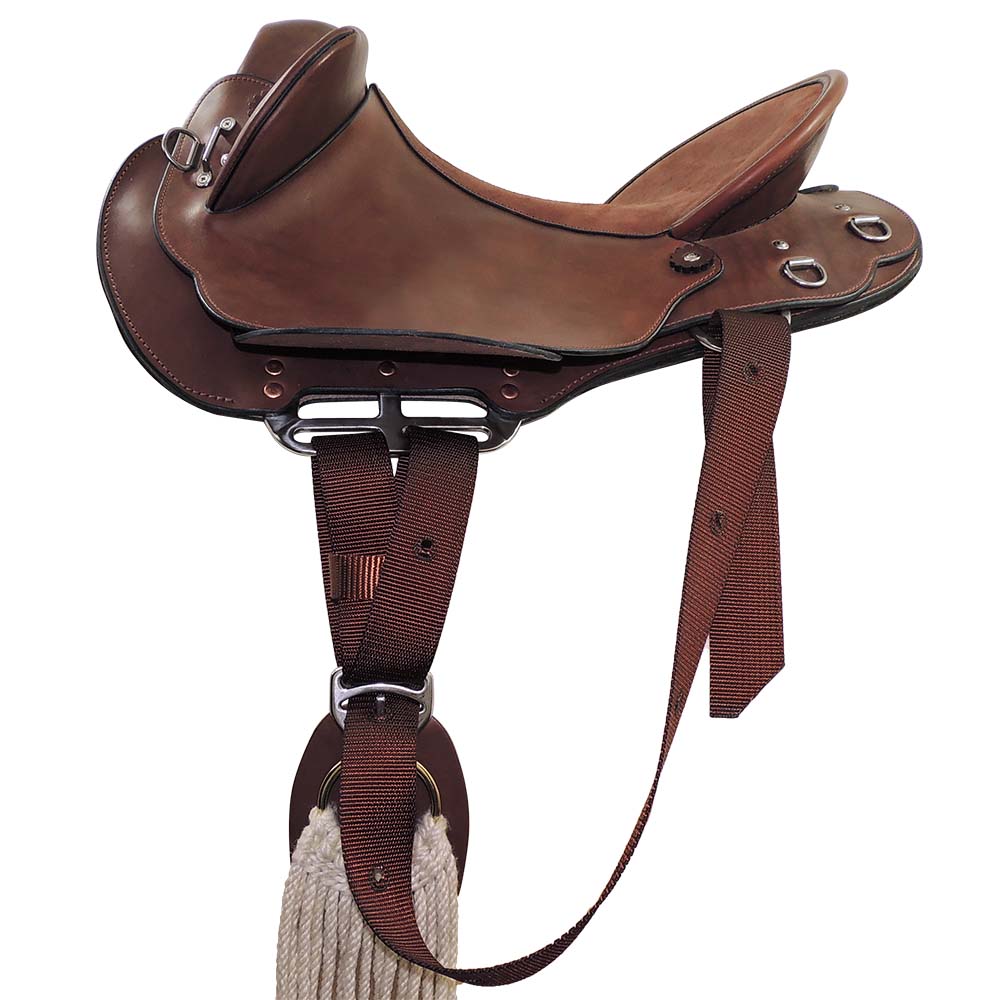
synthetic pull-up strap in Centre Position
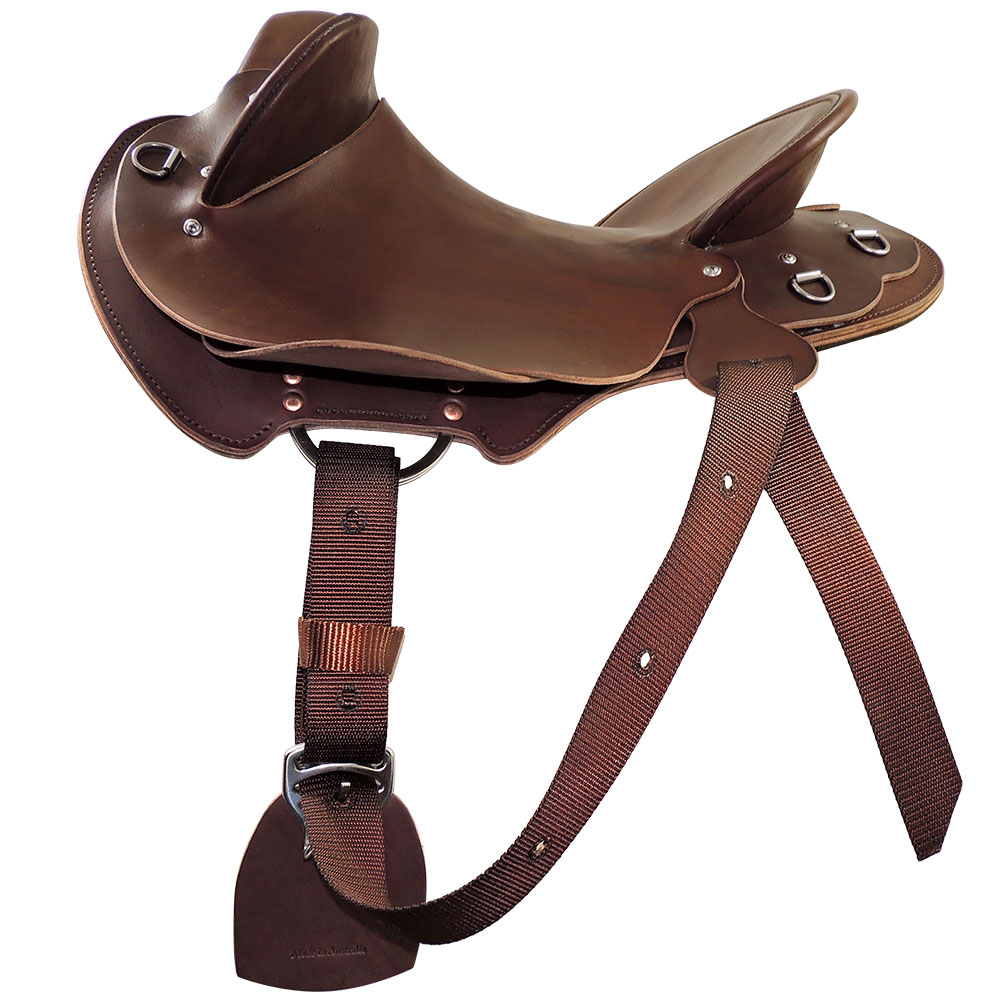
synthetic pull-up strap
Tackaberry Rigging | Off side with pull-up lace
Attach pull-up lace to girth ring > pass lace up into your preferred rigging slot > down to the cinch ring > up to rigging slot > down to the ring > then up to the rigging plate and tie securely.
An alternative method involves making the tie at the girth ring, to reduce bulk under the rider’s leg.
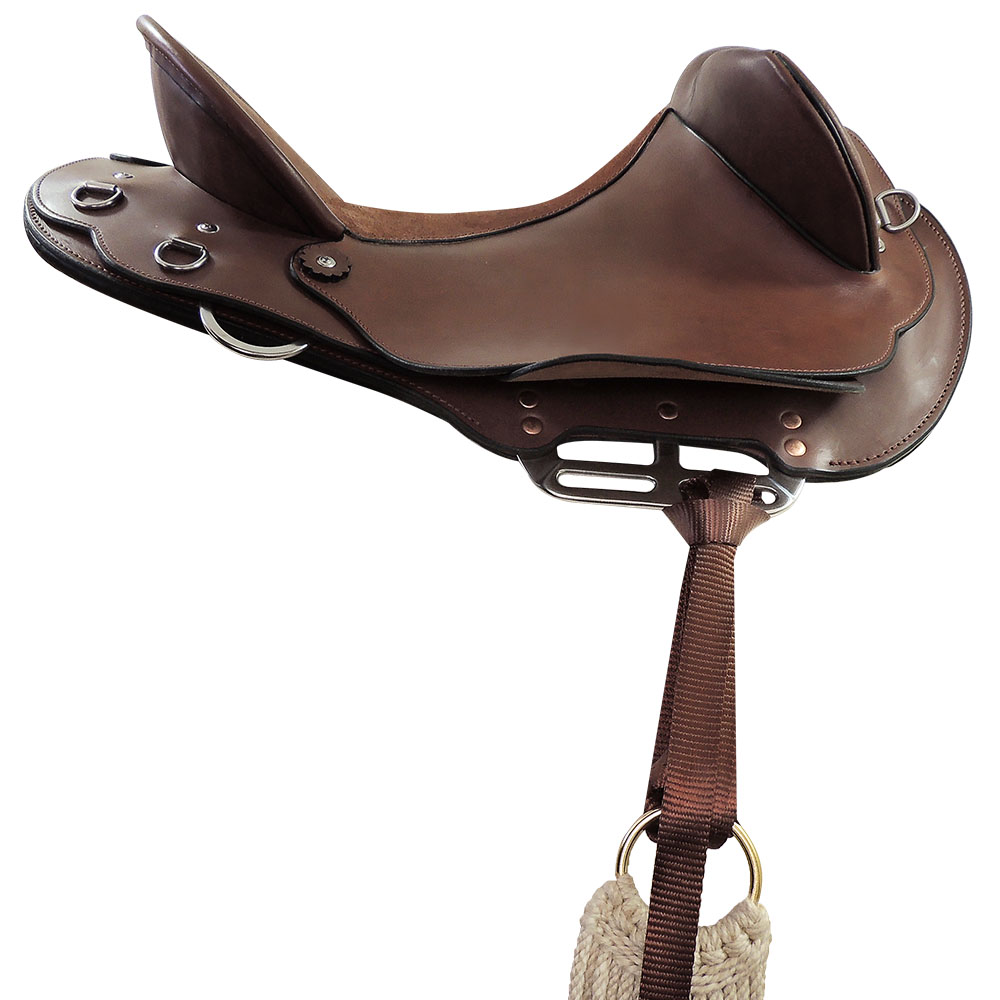
Synthetic lace tied to ring cinch in Forward Position
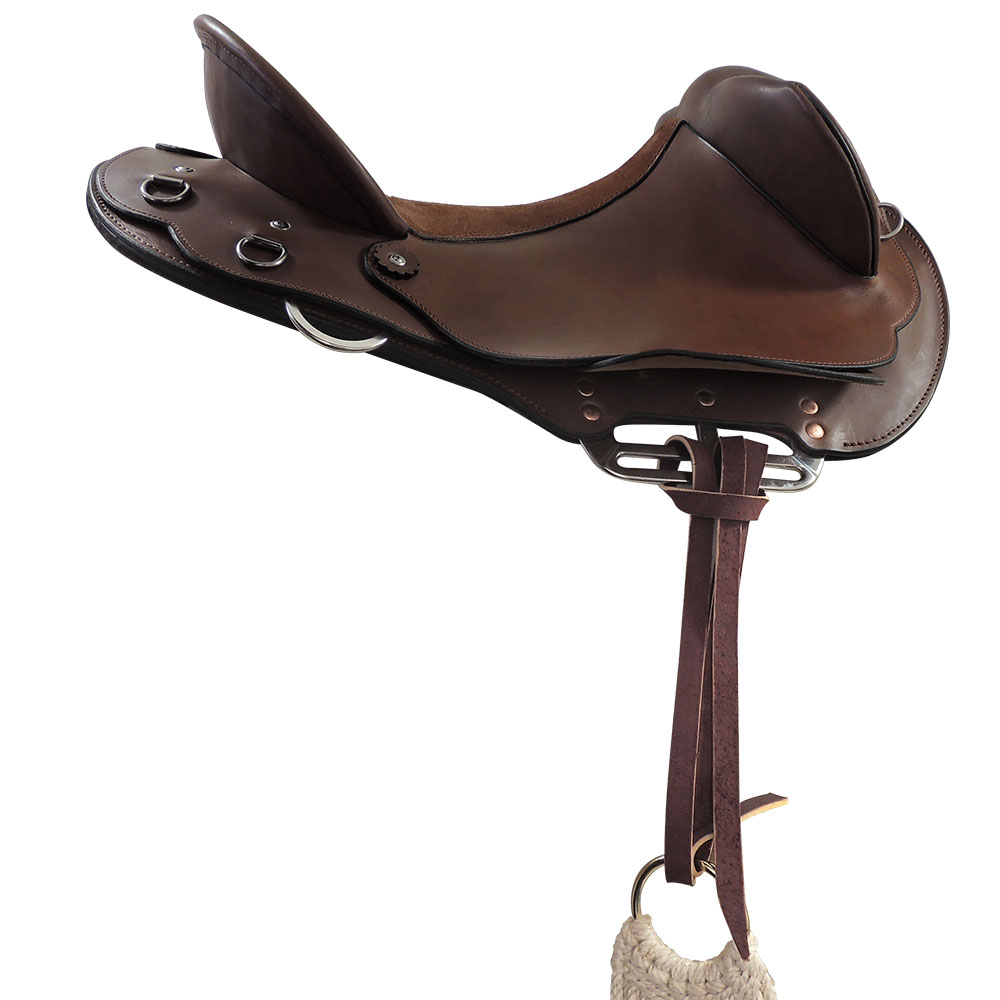
latigo leather lace tied to ring cinch in Centre Position
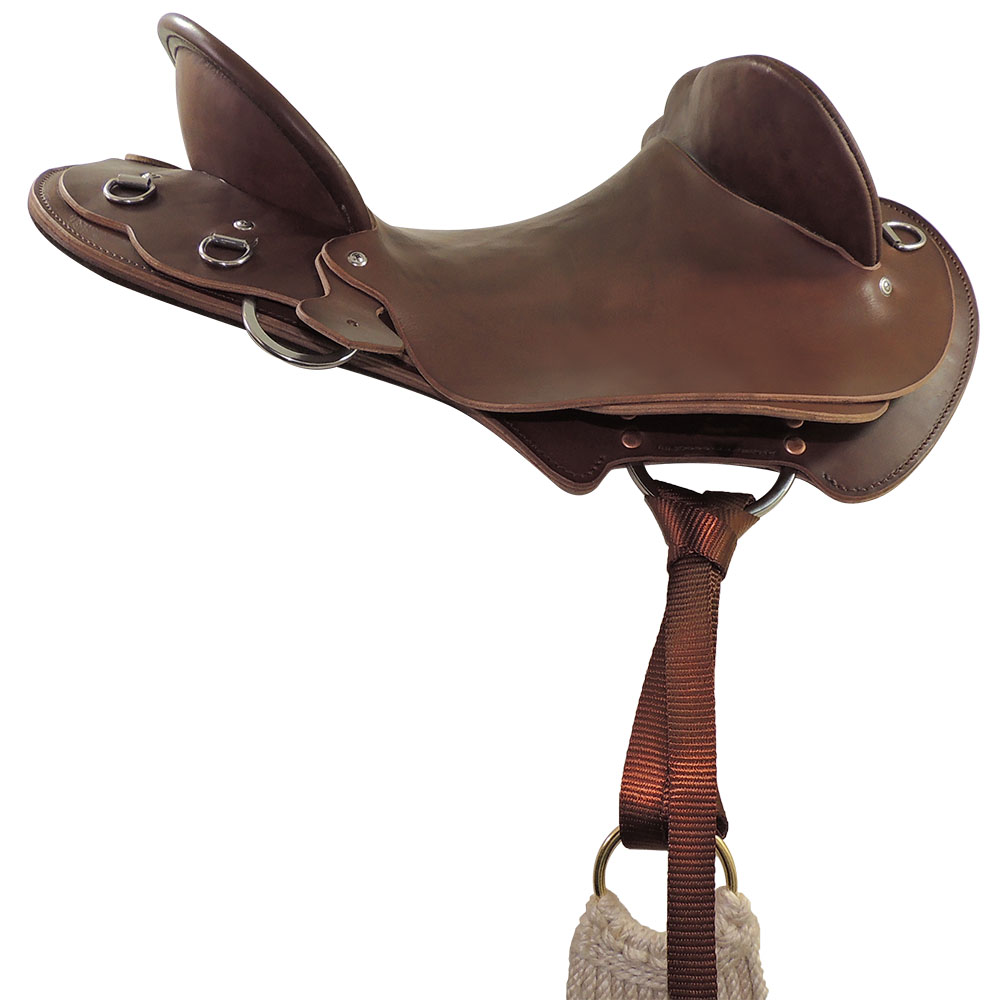
Synthetic lace tied to ring cinch
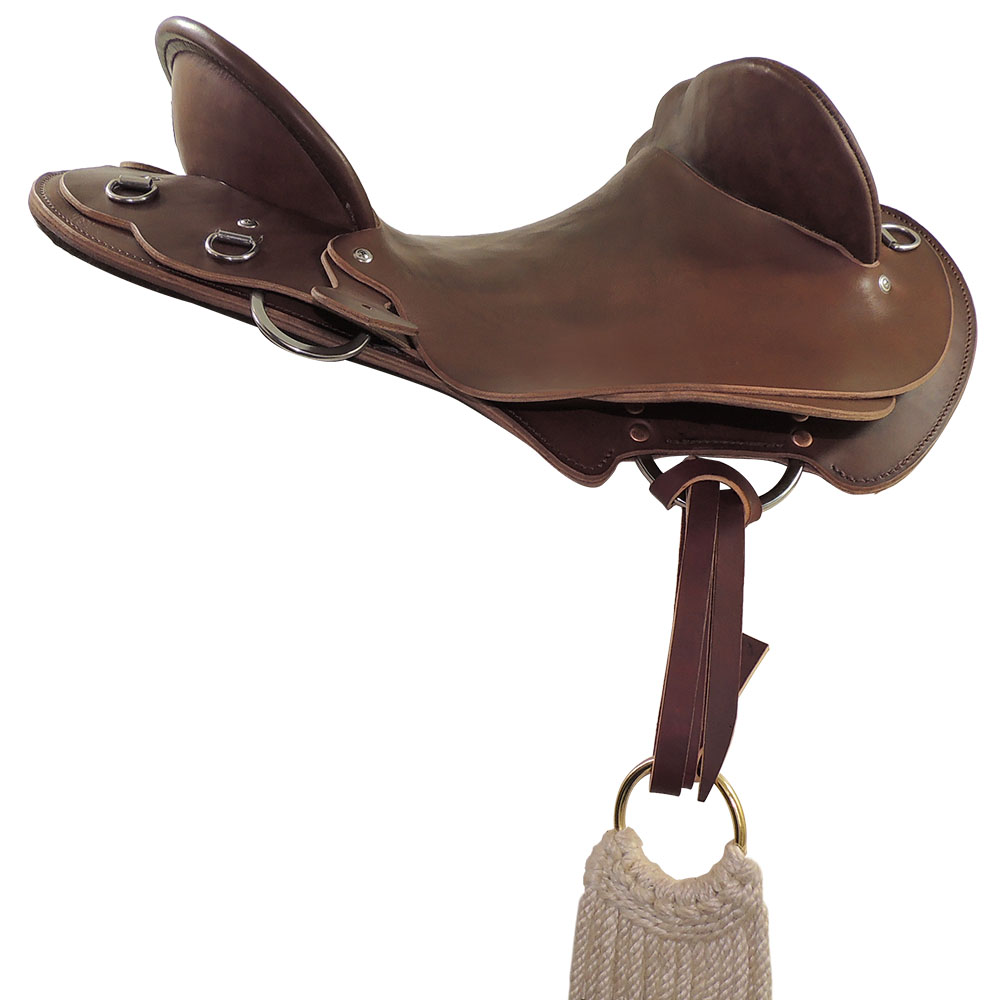
Leather latigo lace tied to ring cinch
Are you ready for your next riding adventure?
We hope this information has helped you identify some of your saddle rigging options. There are a lot of strong opinions out there about ‘The best way to rig a saddle’. The most important thing is to find a rigging arrangement that works for your specific needs and check it regularly to make sure it continues to do so.
Don’t forget that your off side rigging should mirror your near side (i.e if you are using the 3-way rigplate’s Forward position on your near side, you should also be using the Forward position on the off side).
If you haven’t yet picked a saddle, check out our saddle range or contact your nearest Toowoomba Saddlery distributor.

